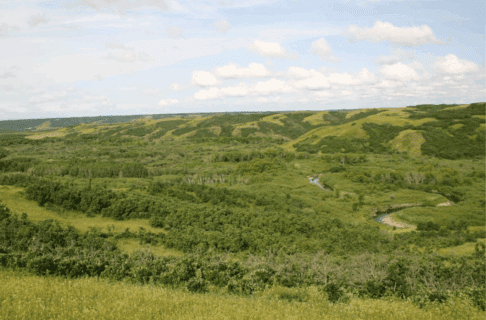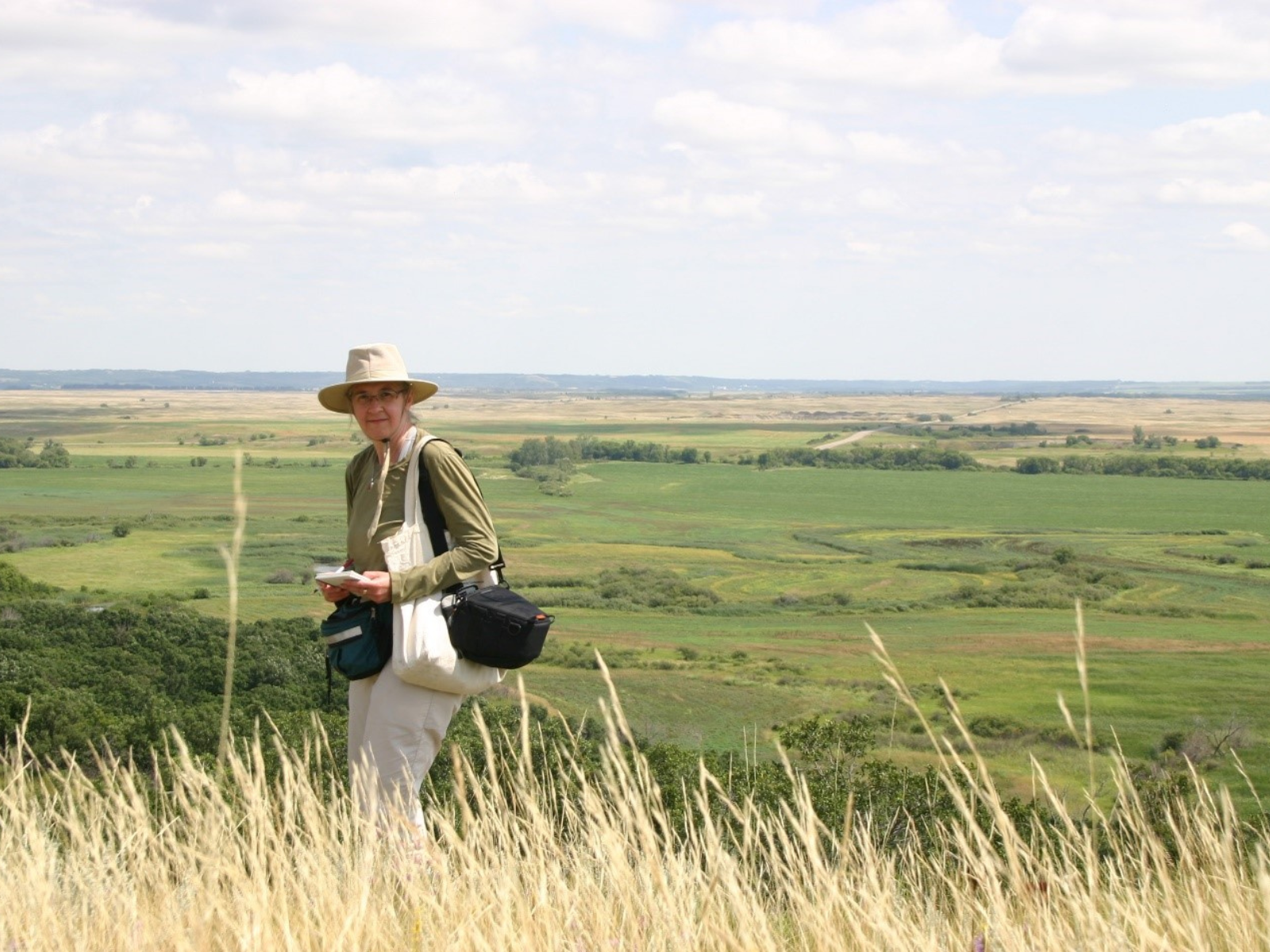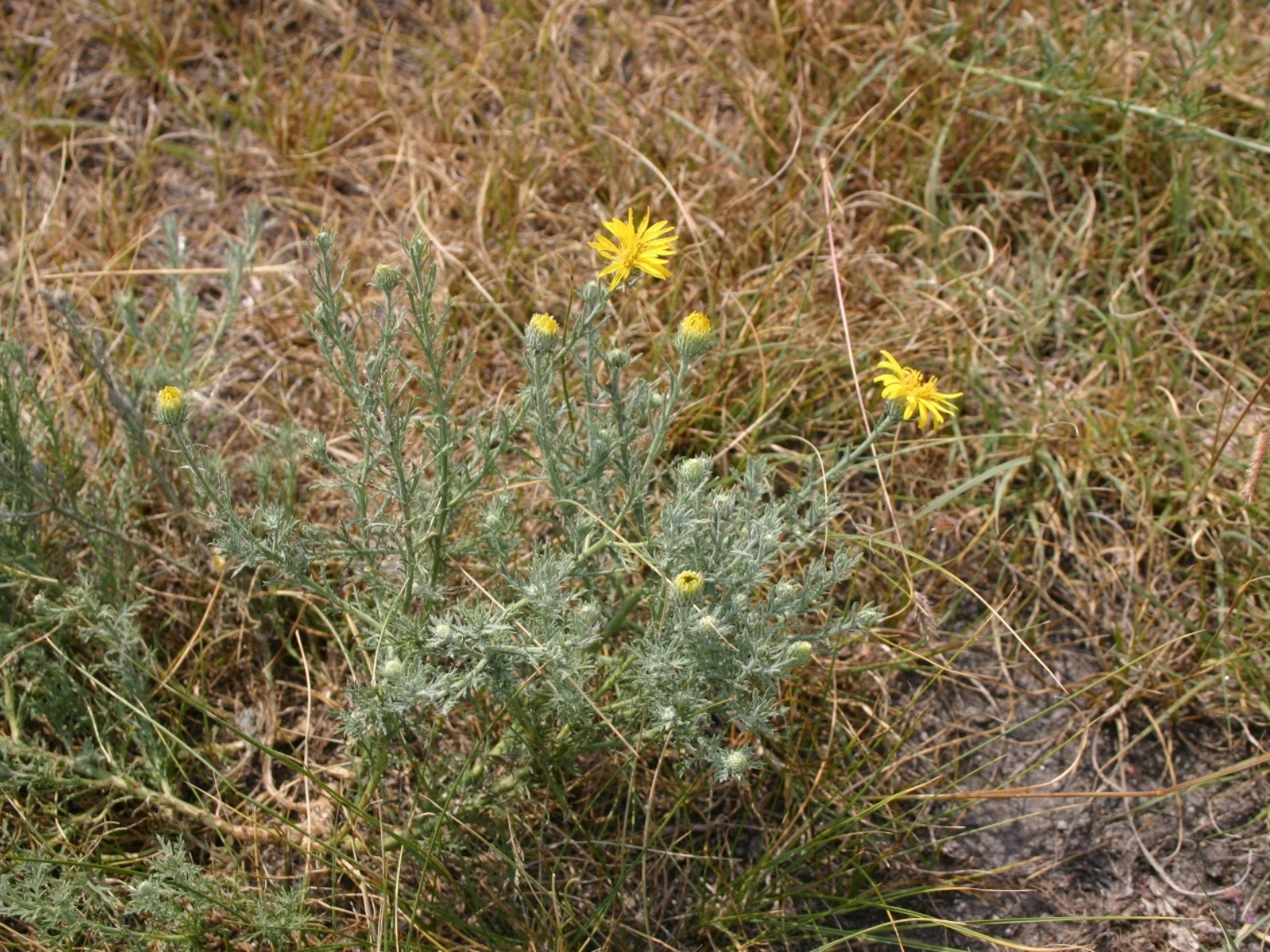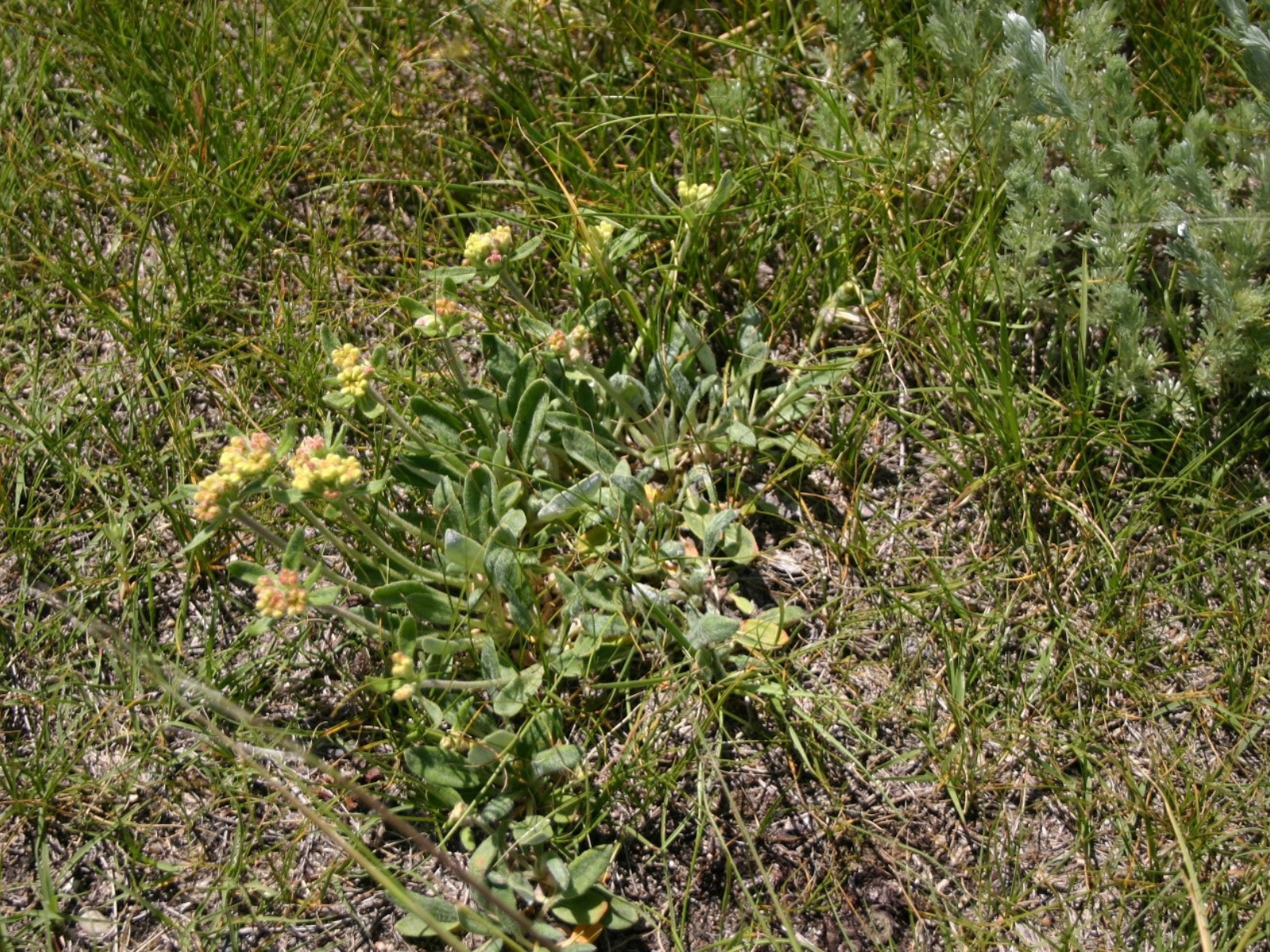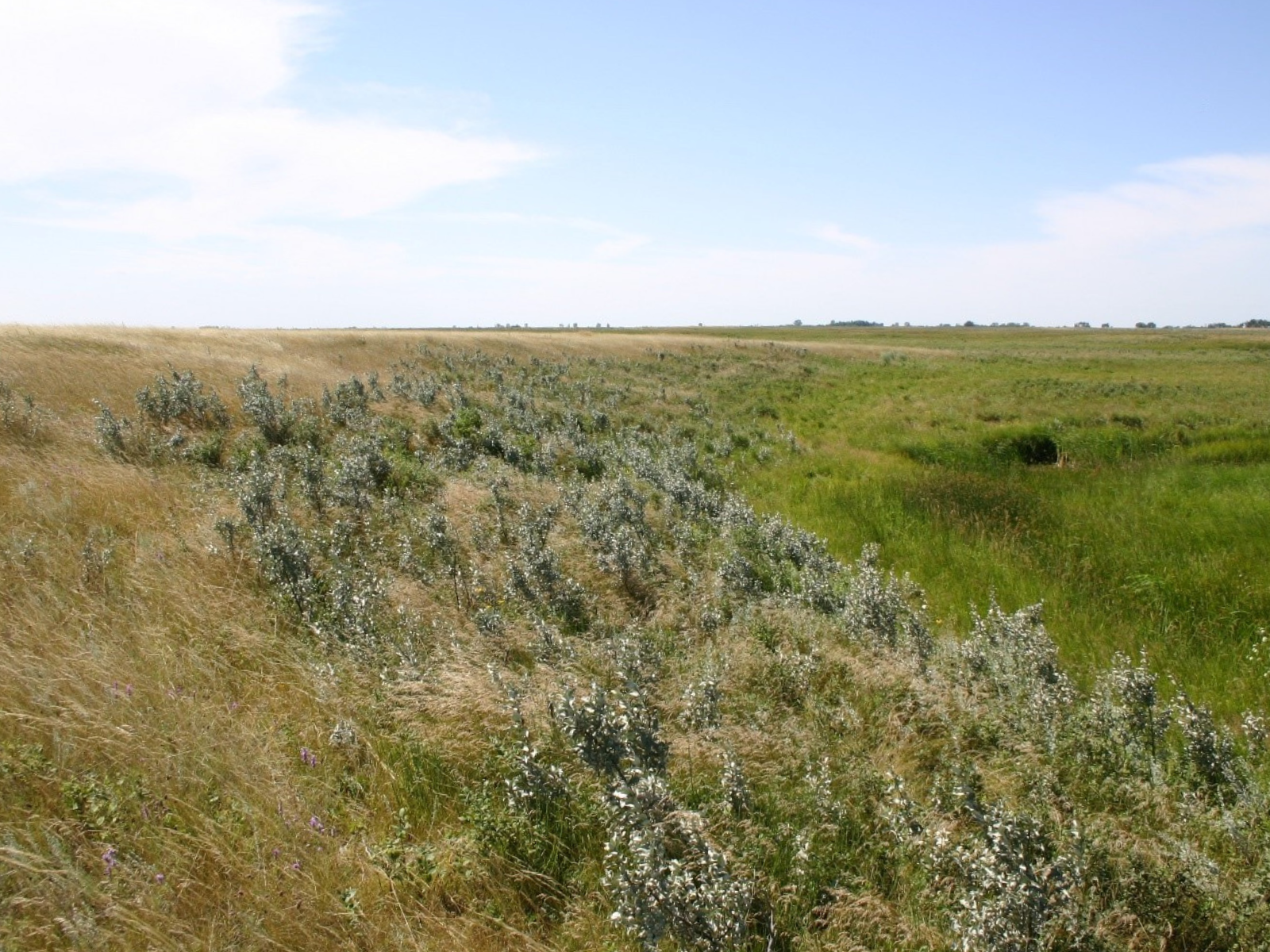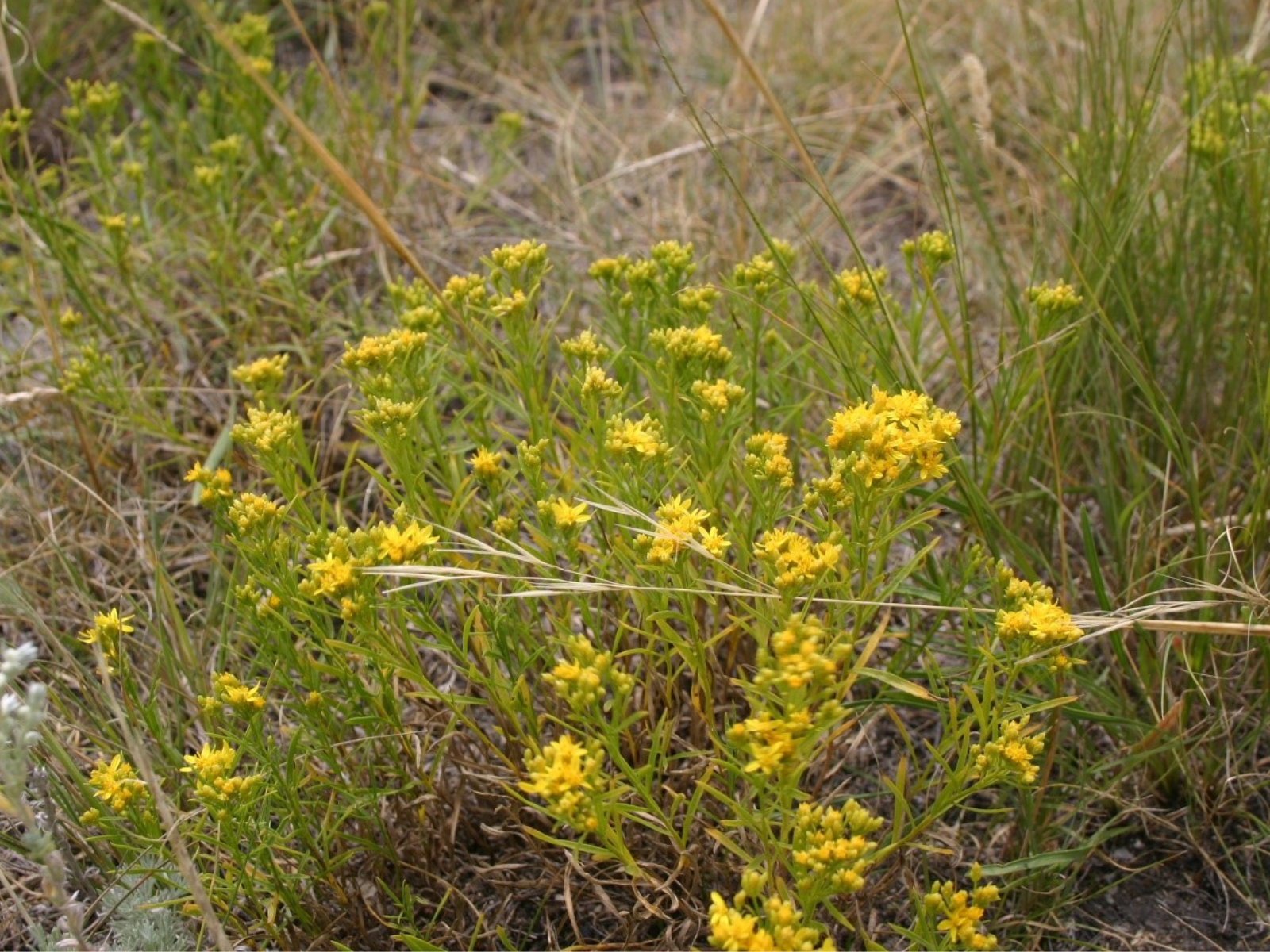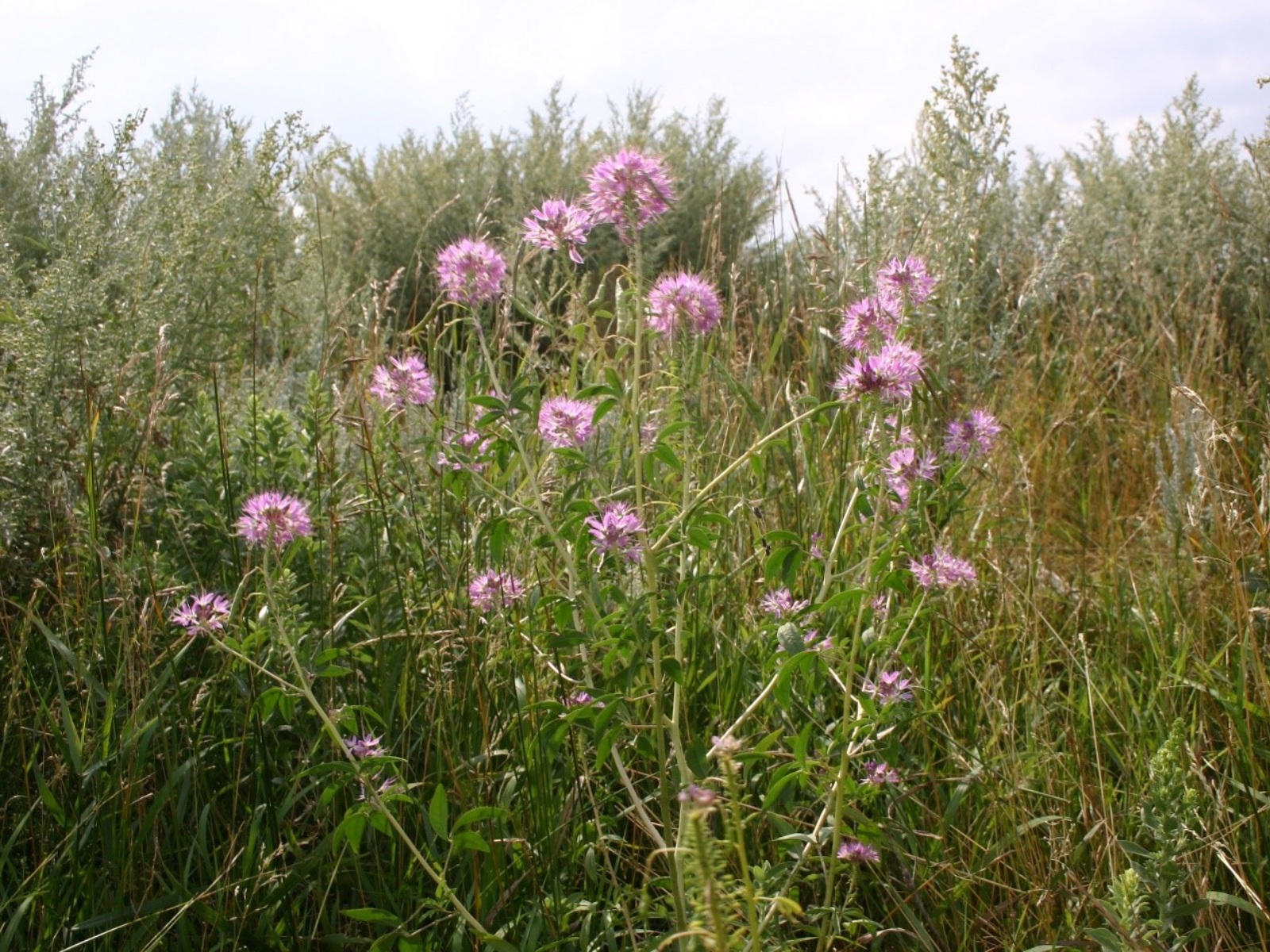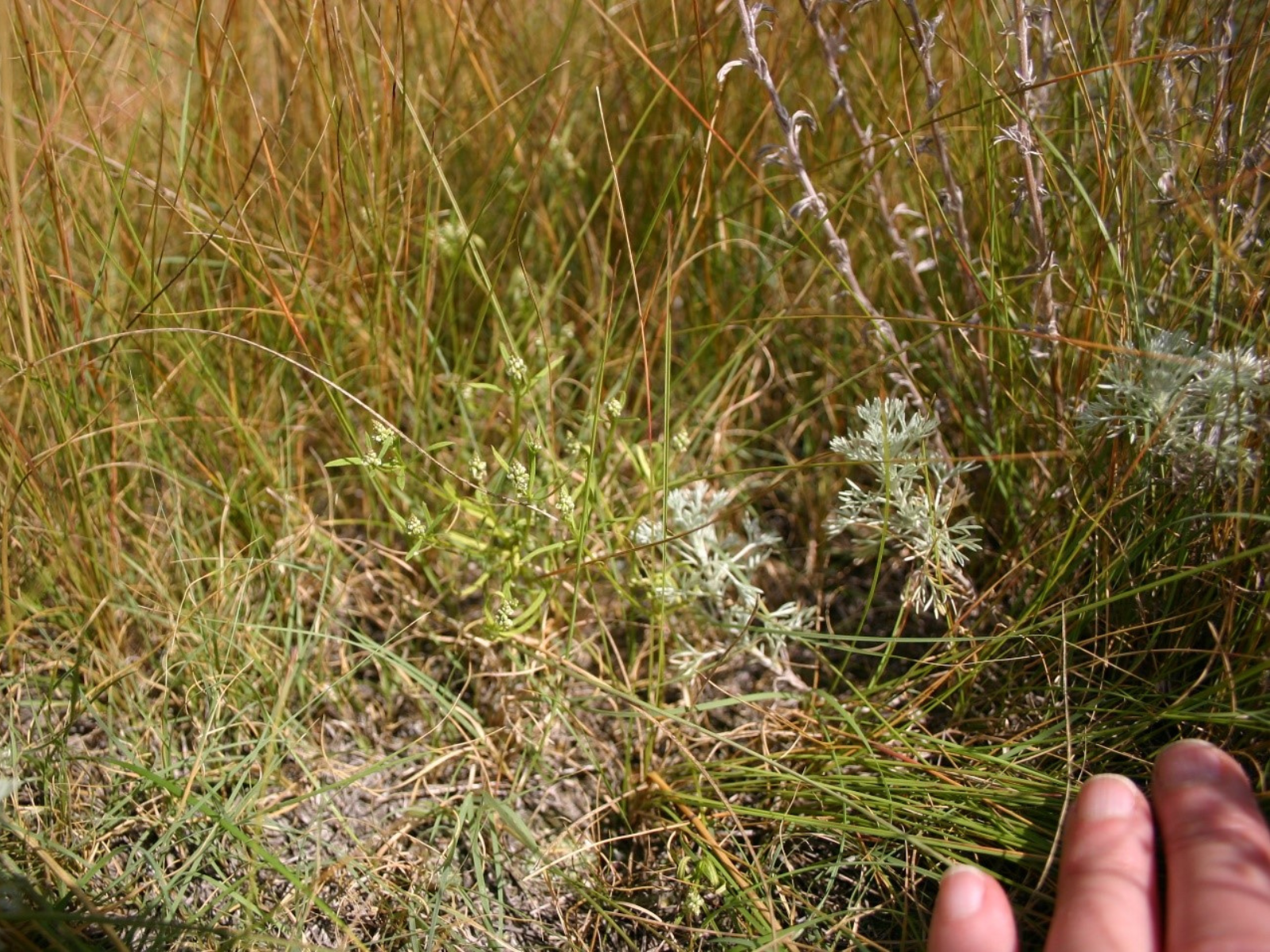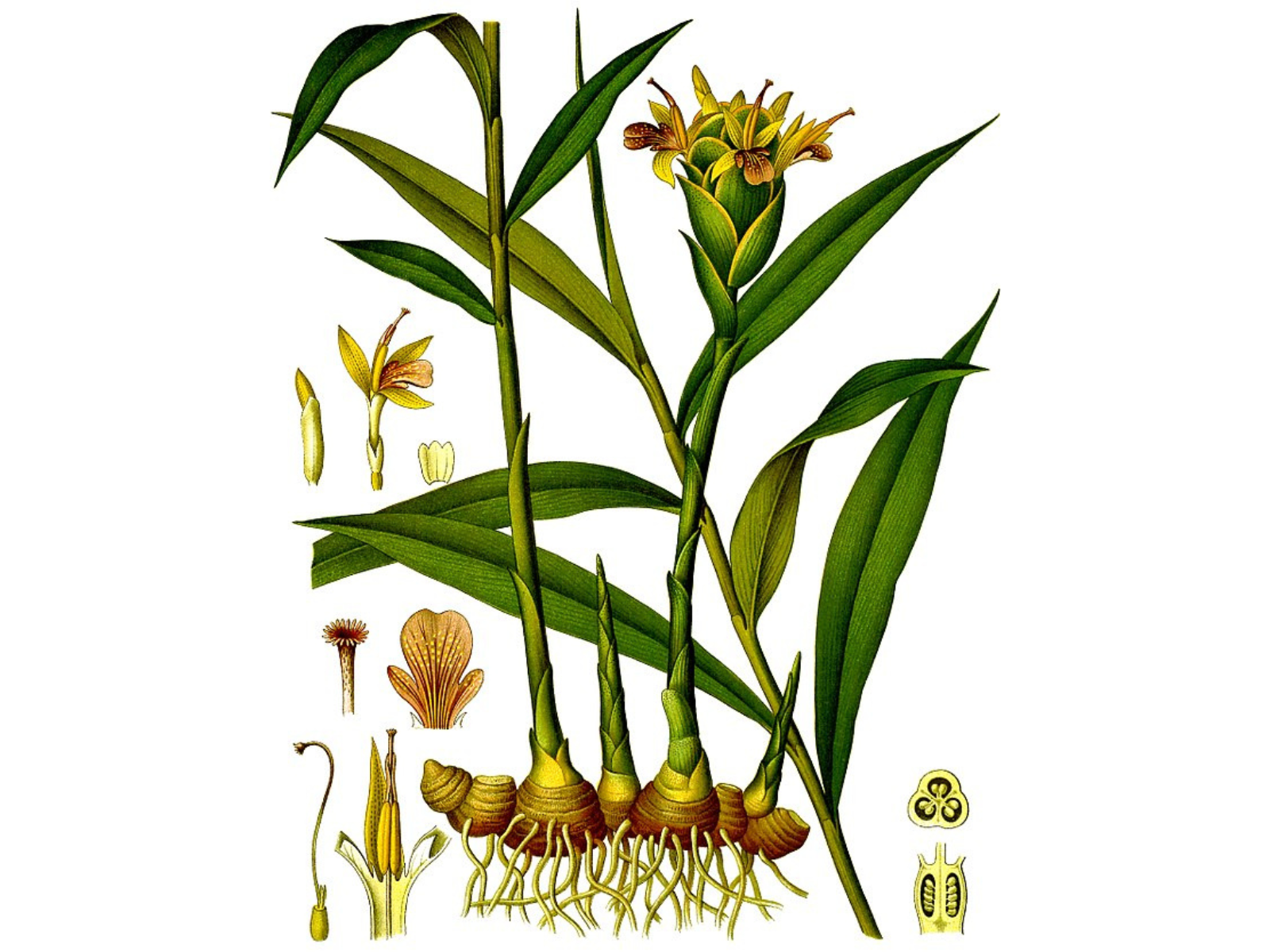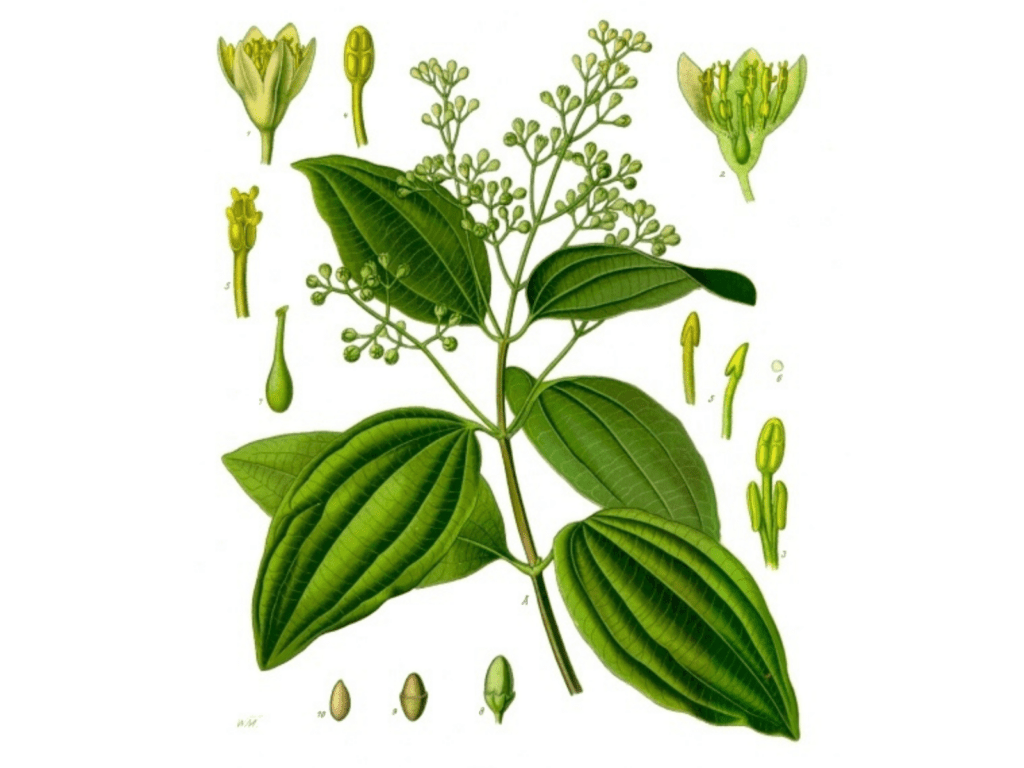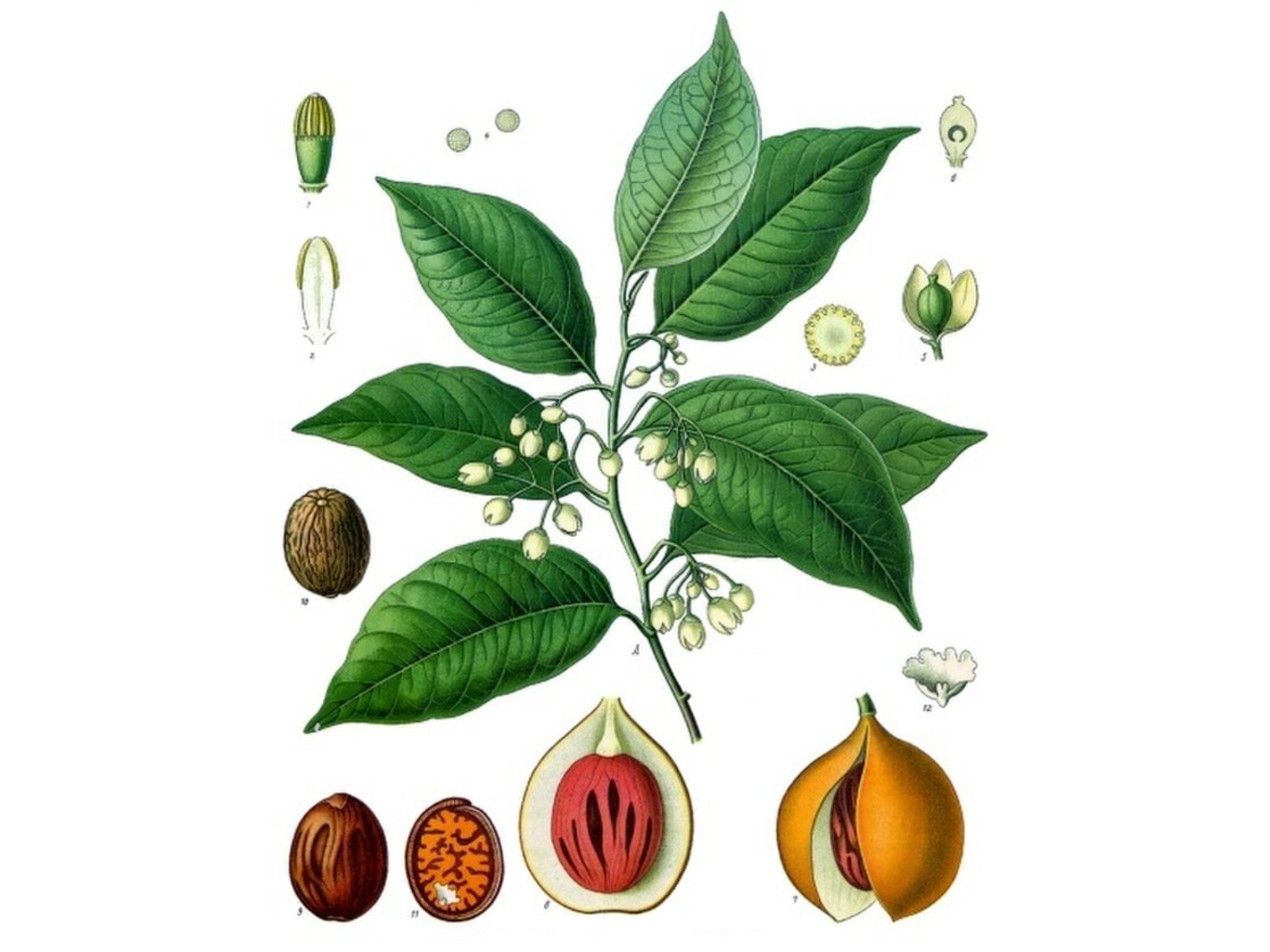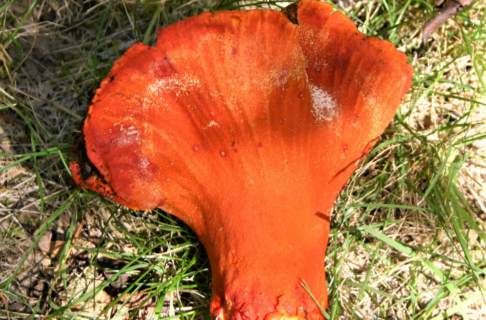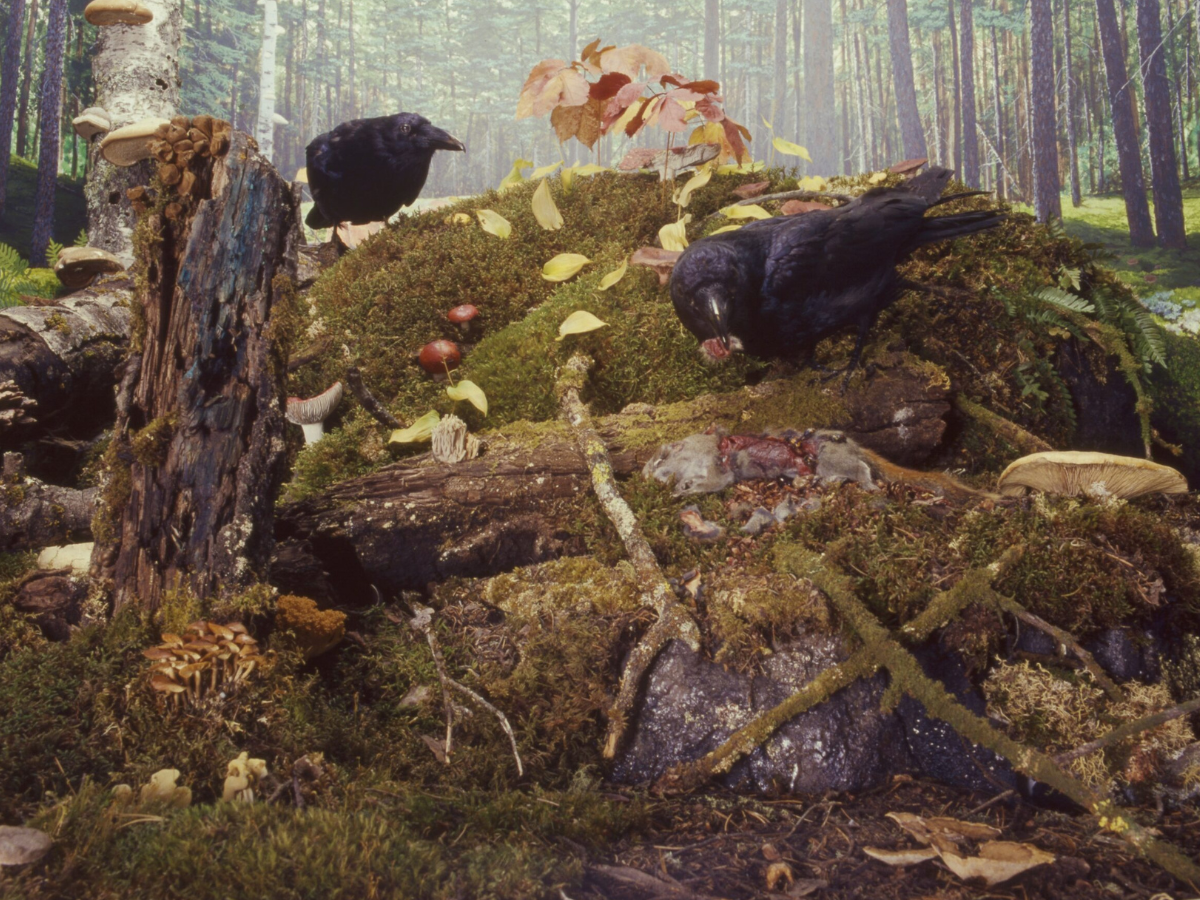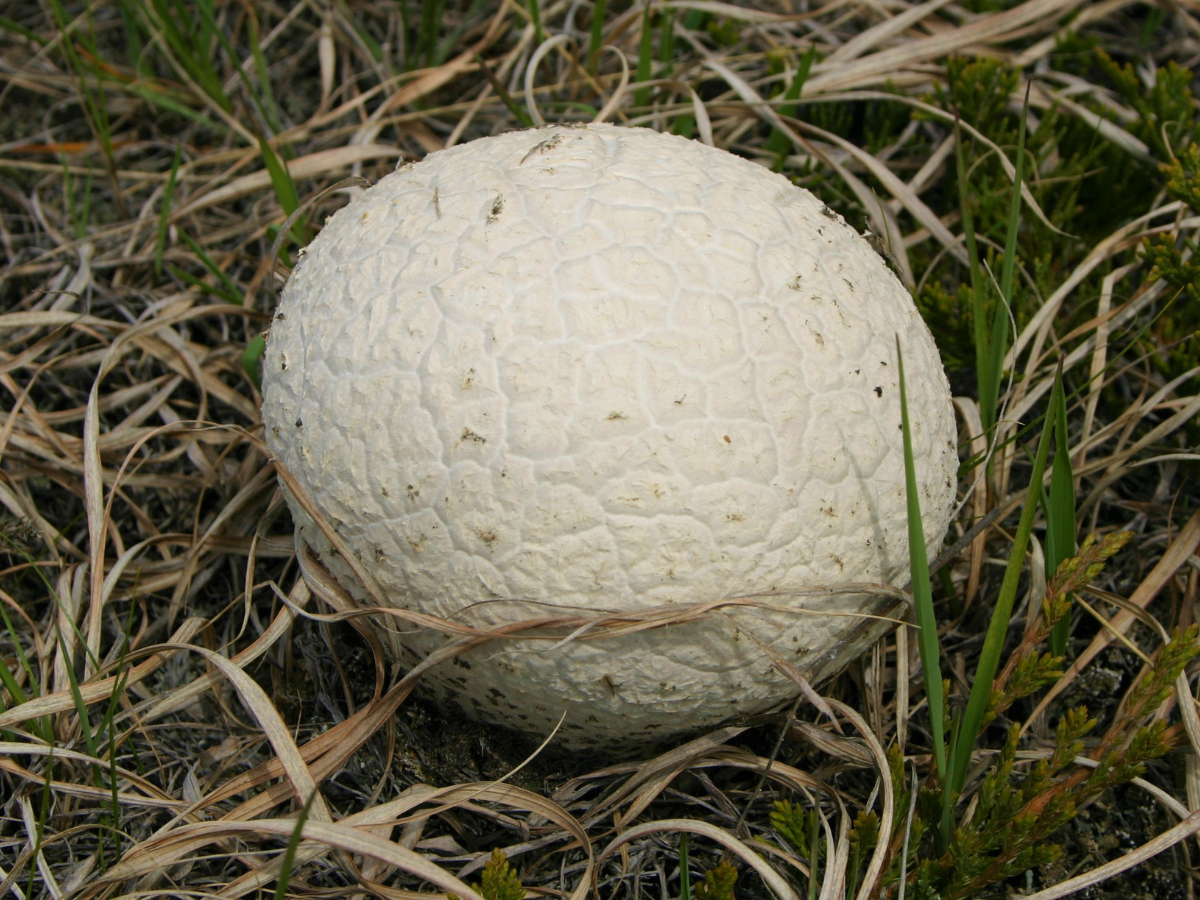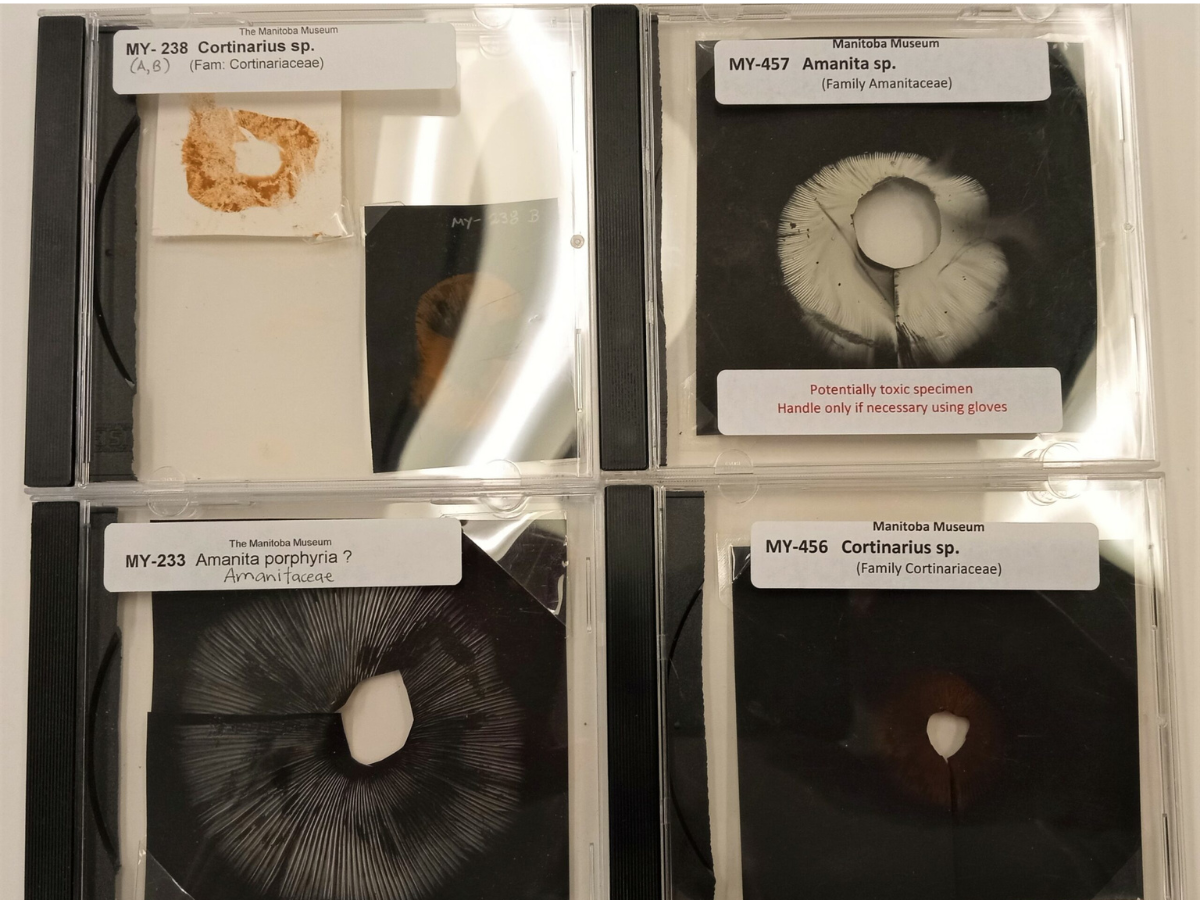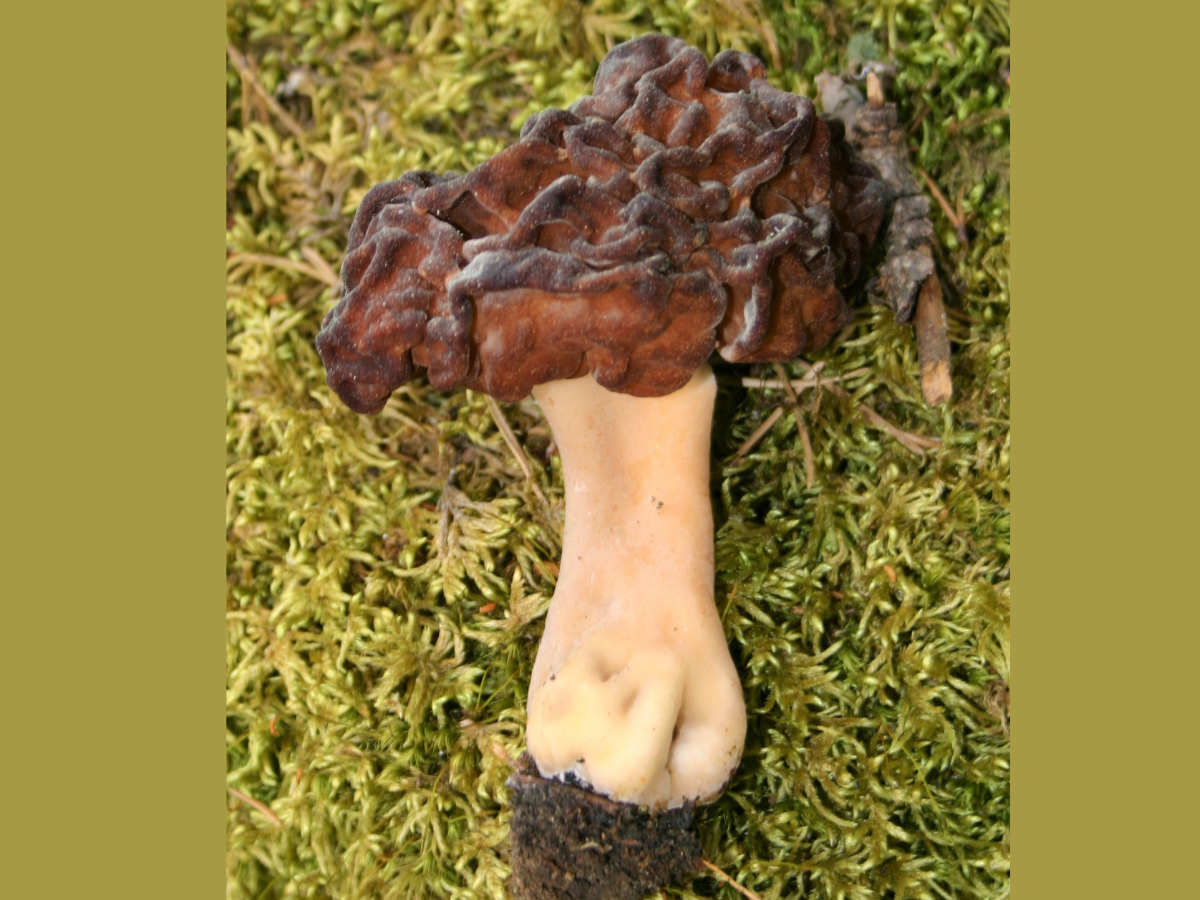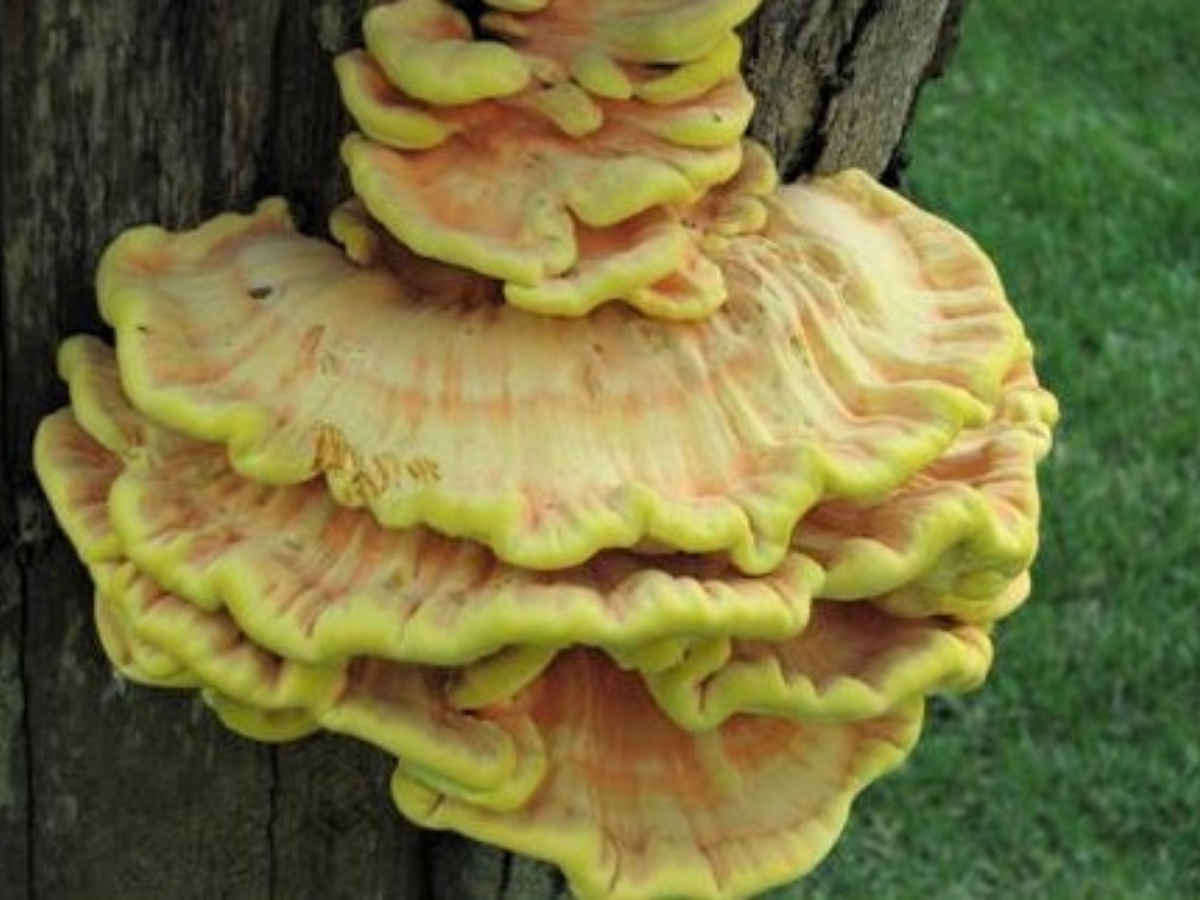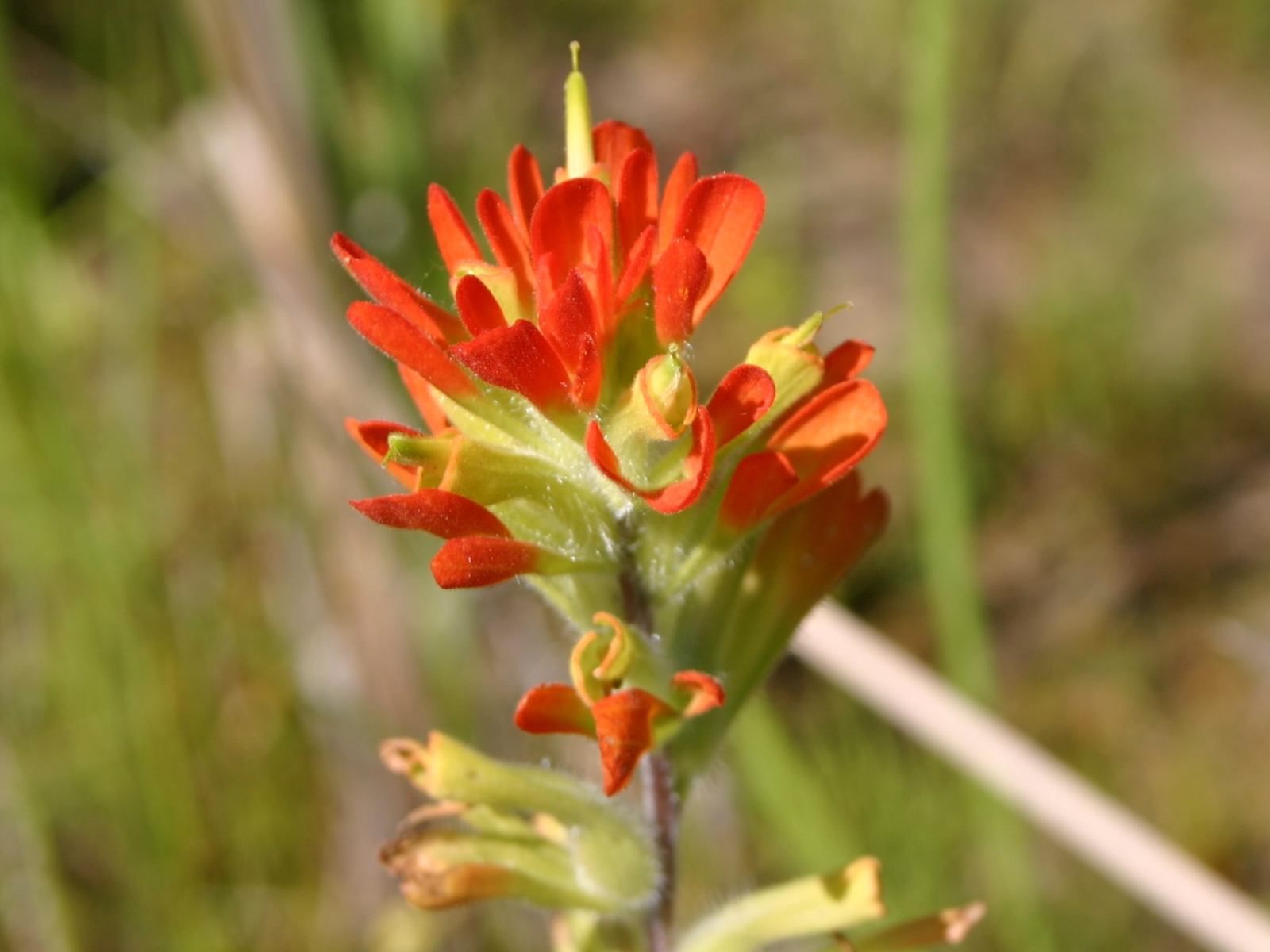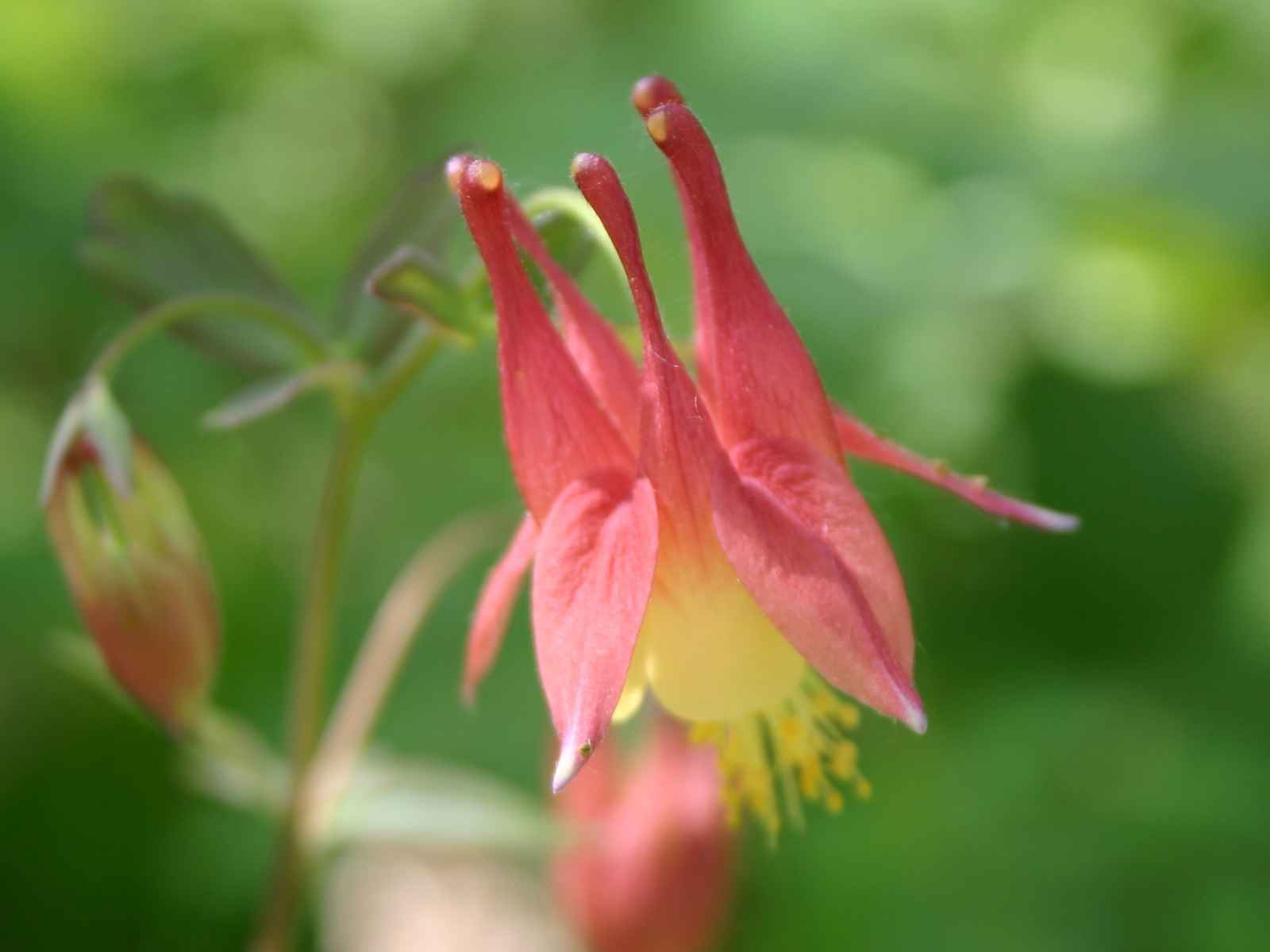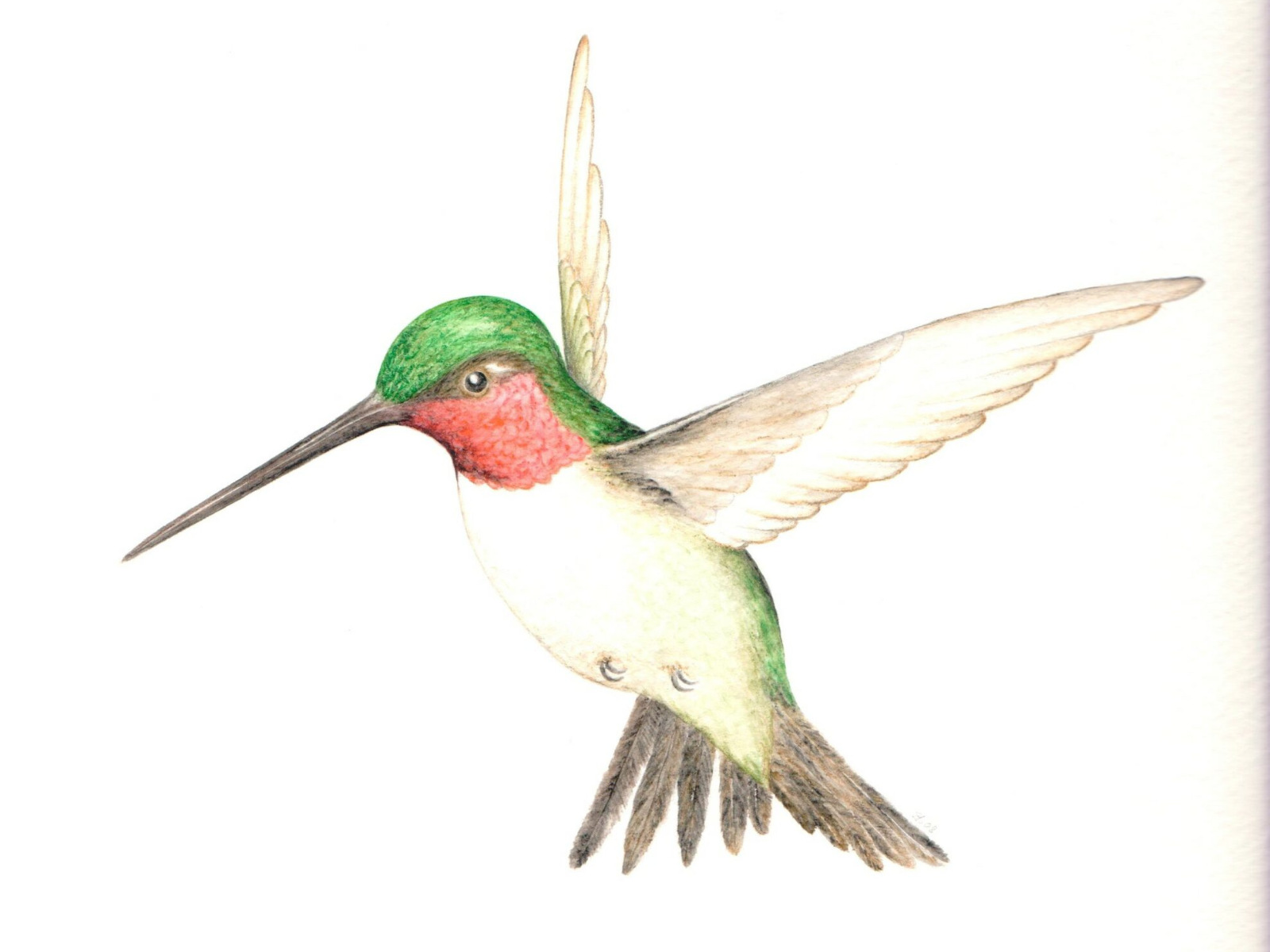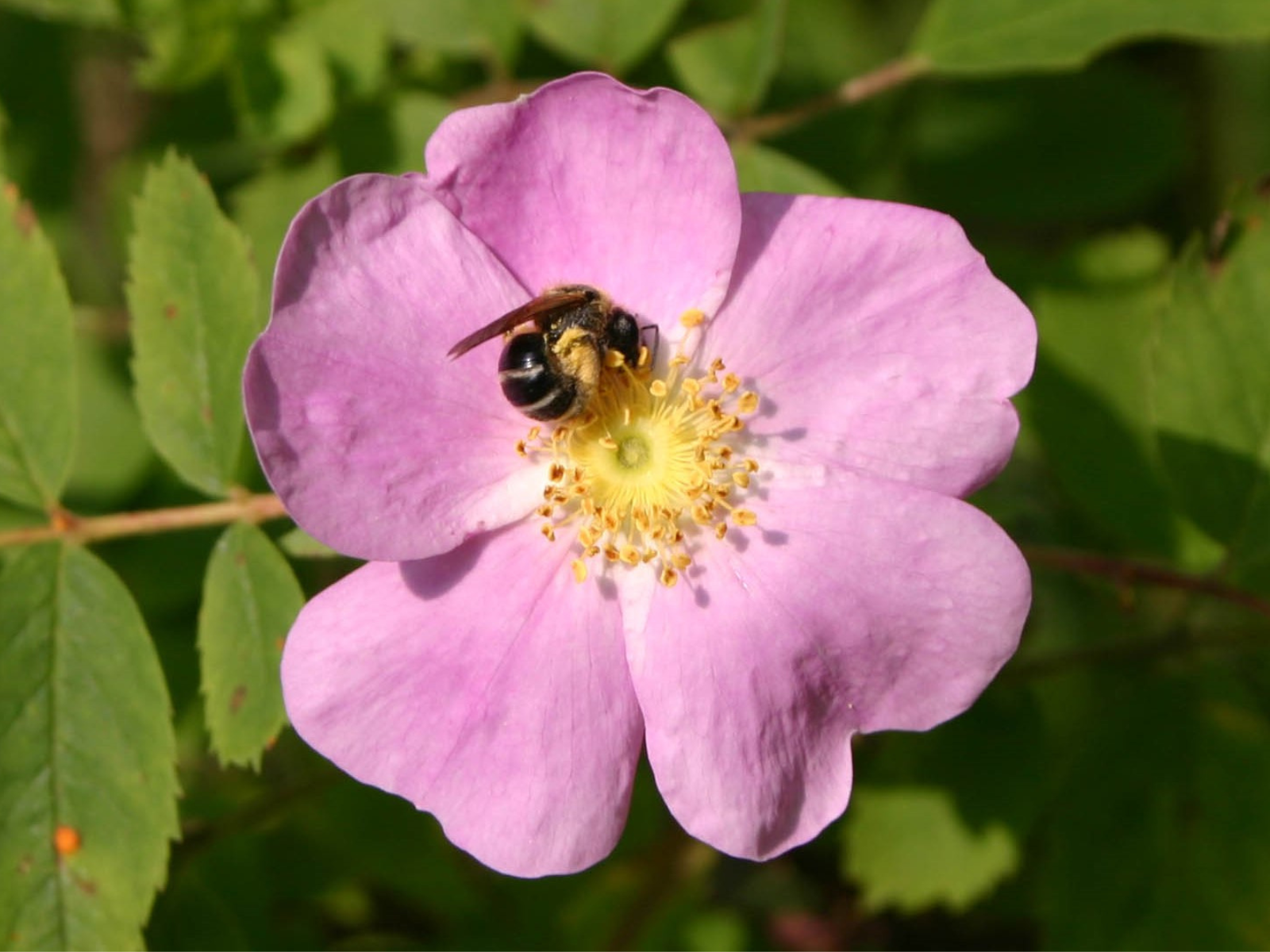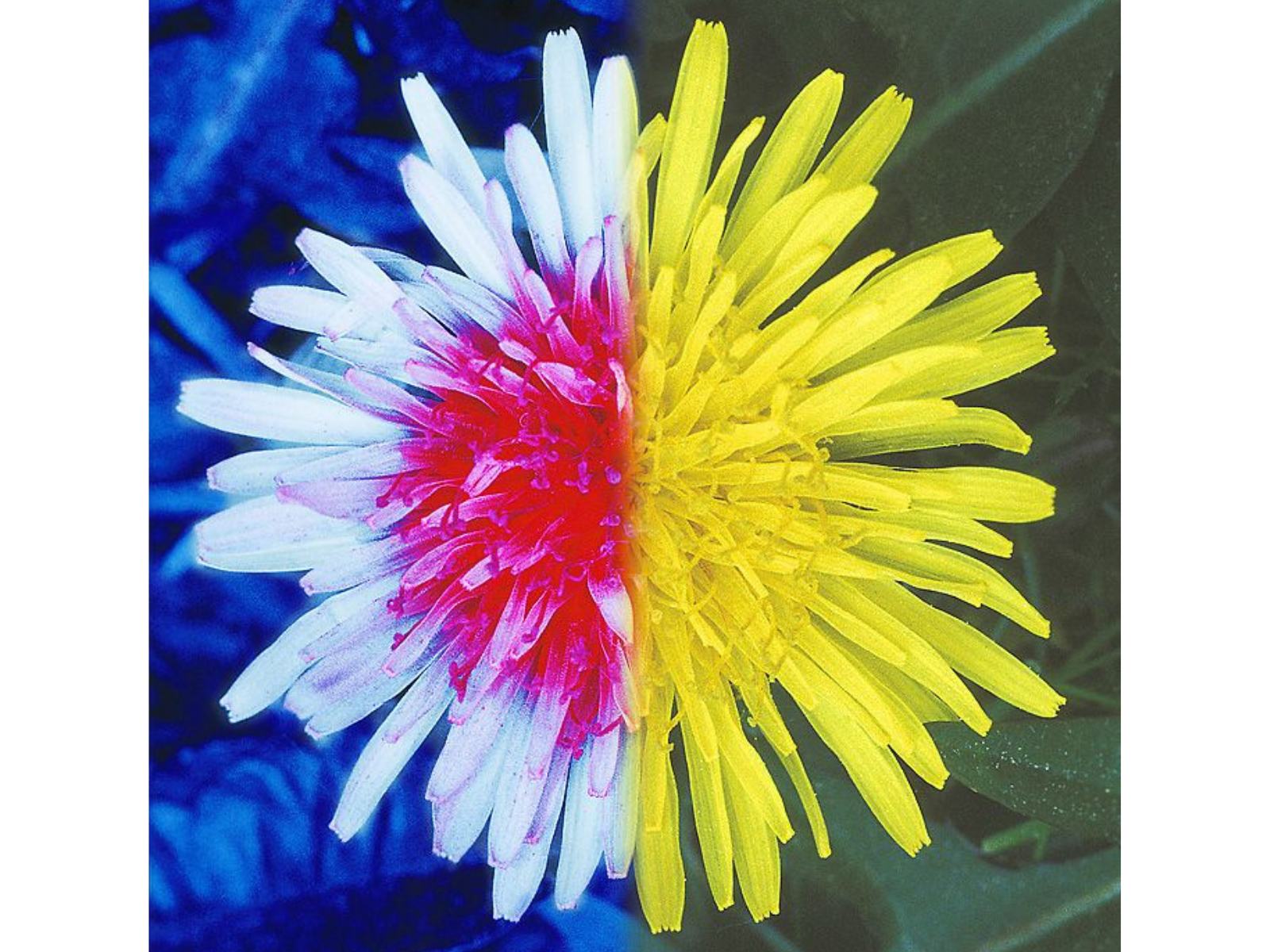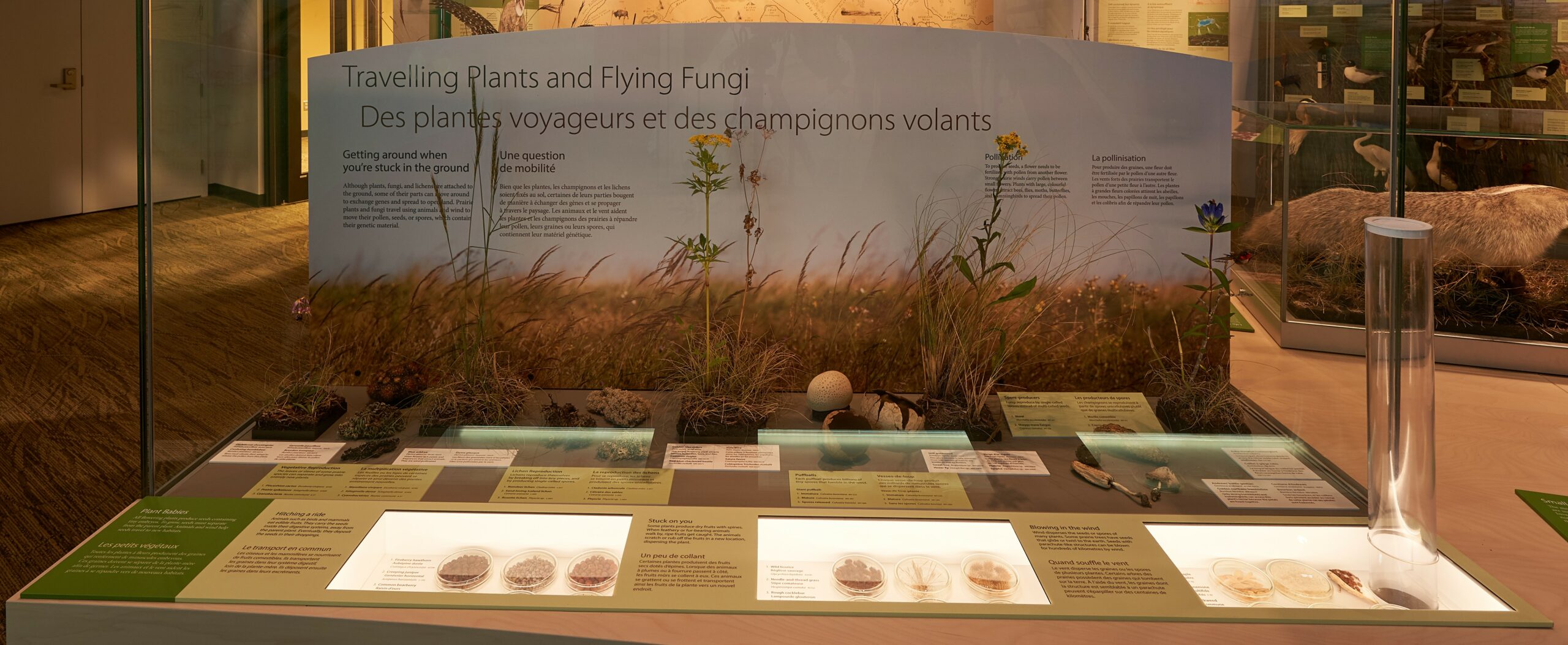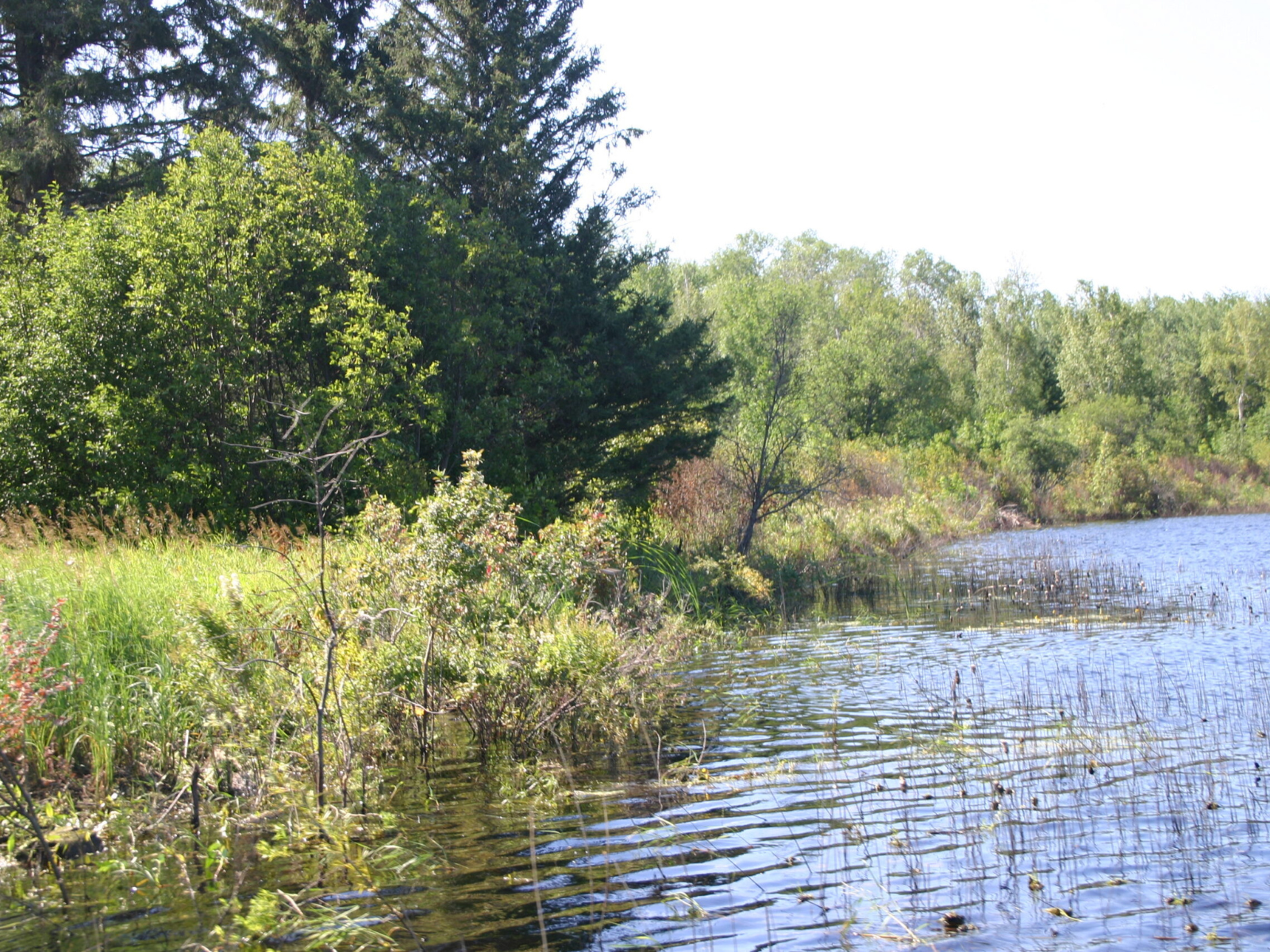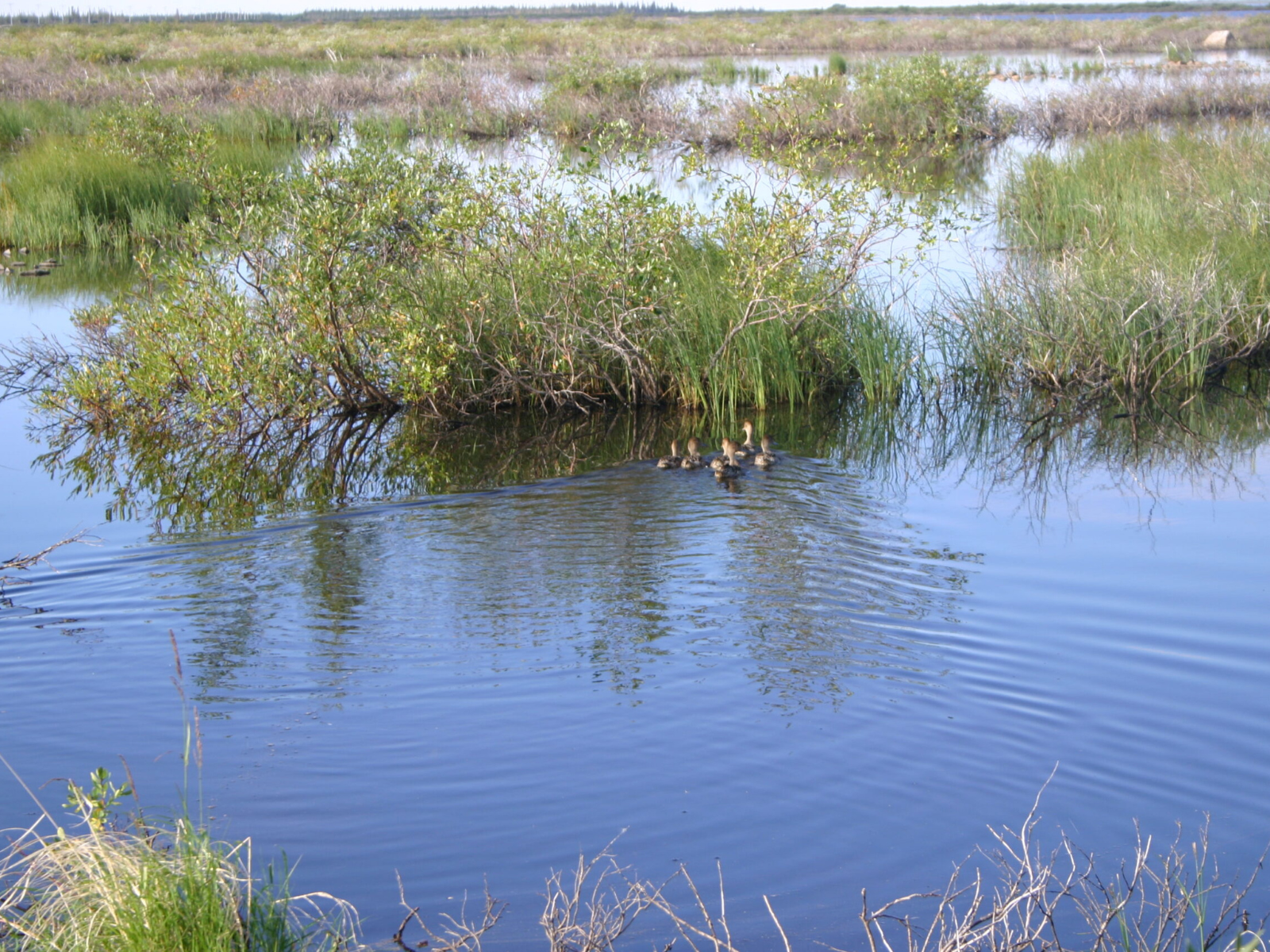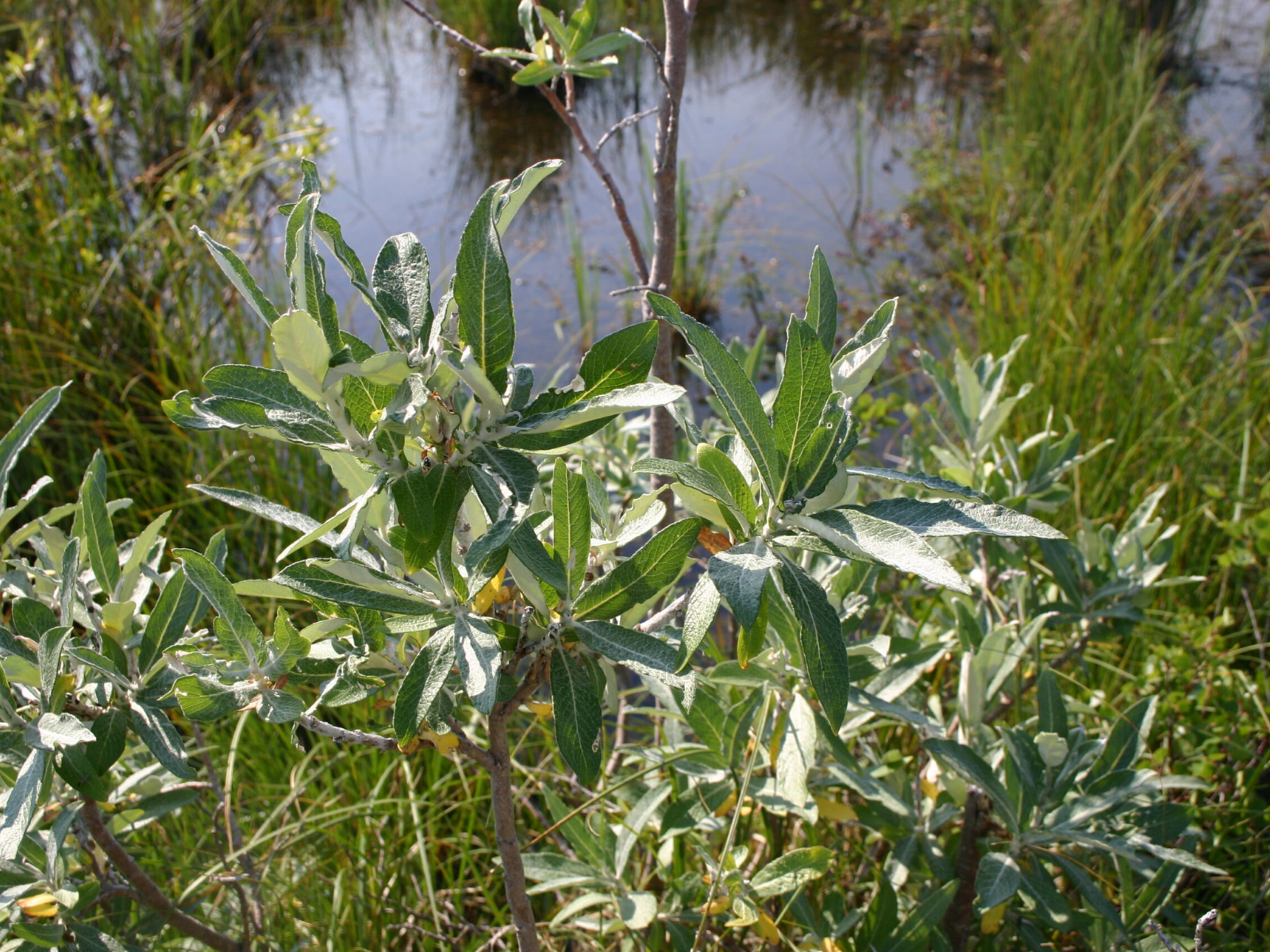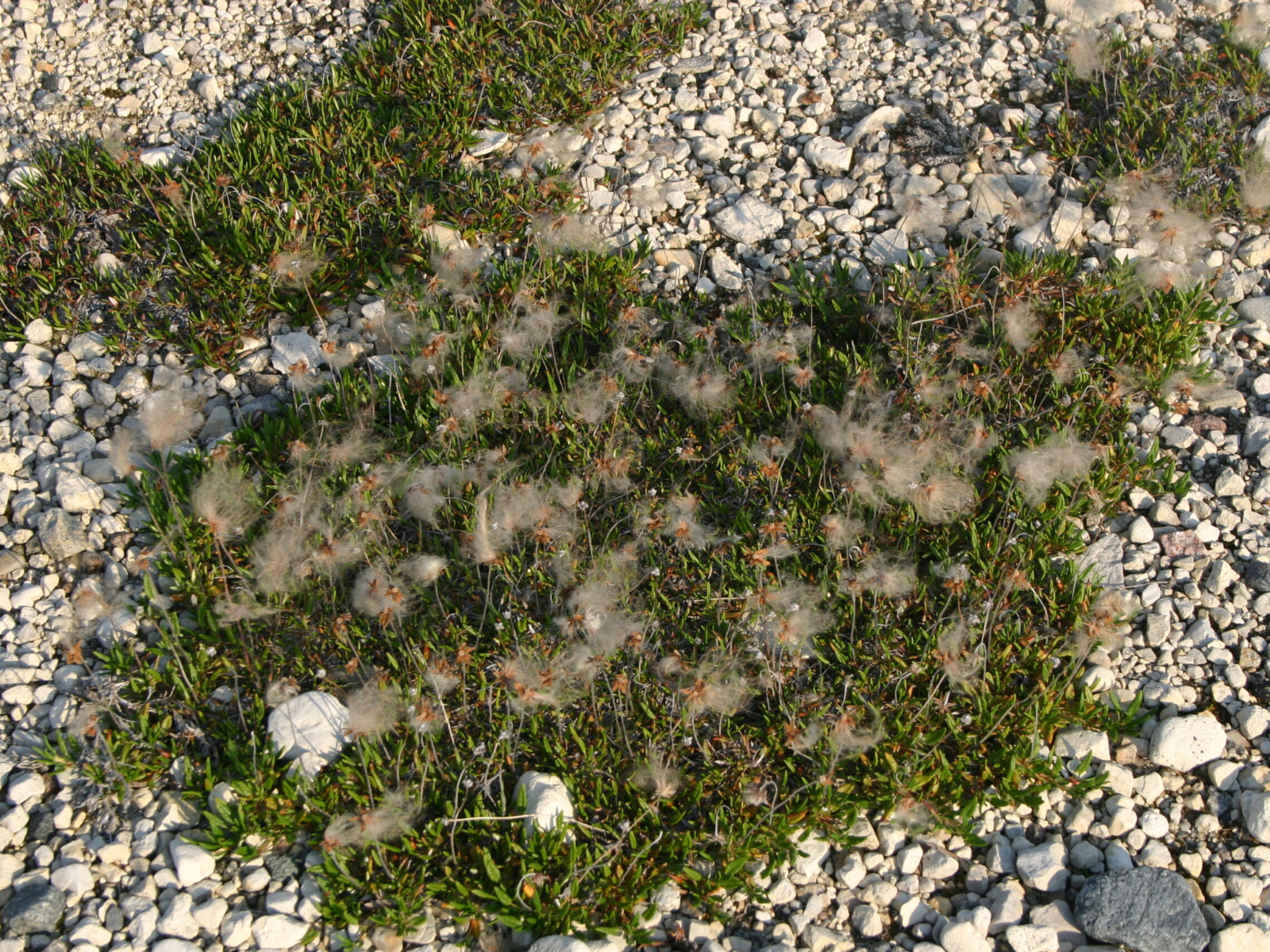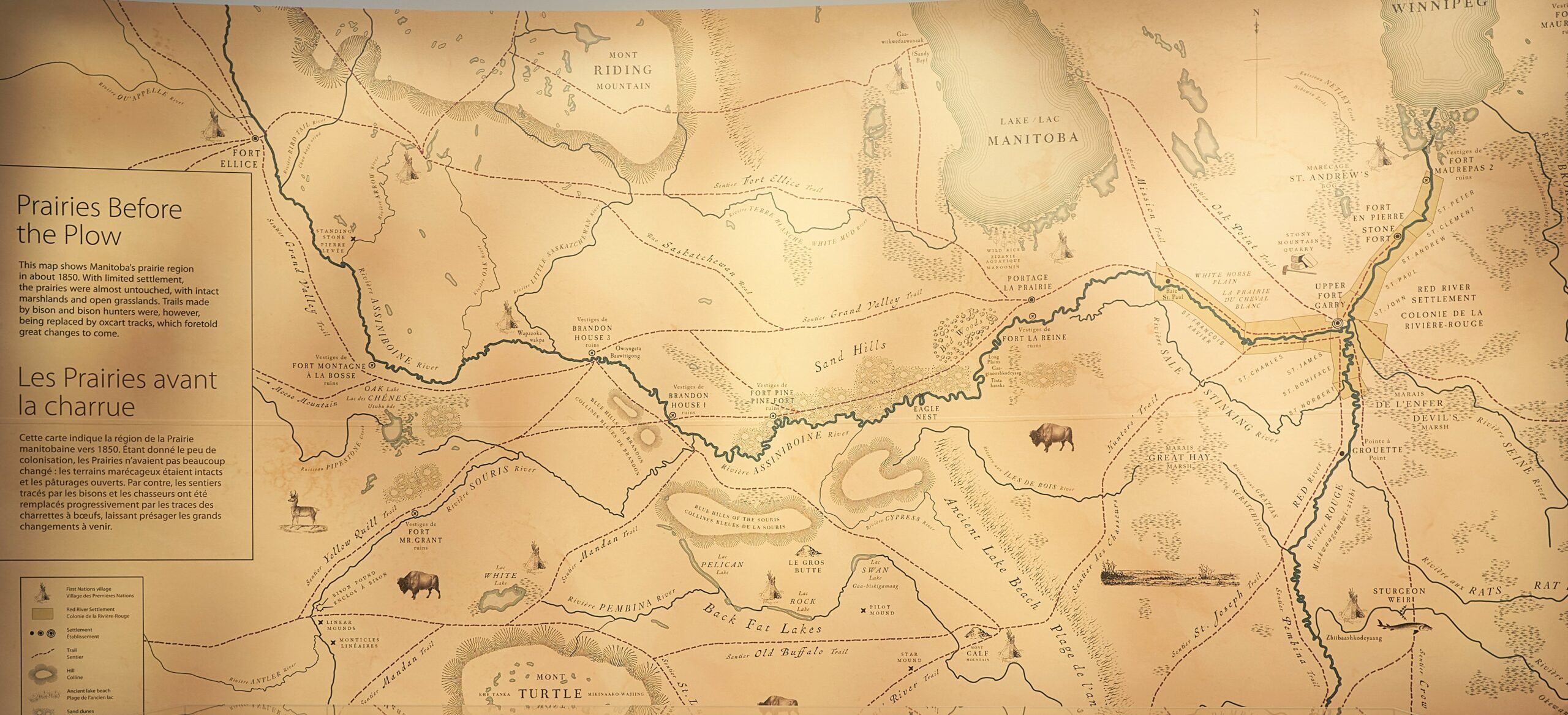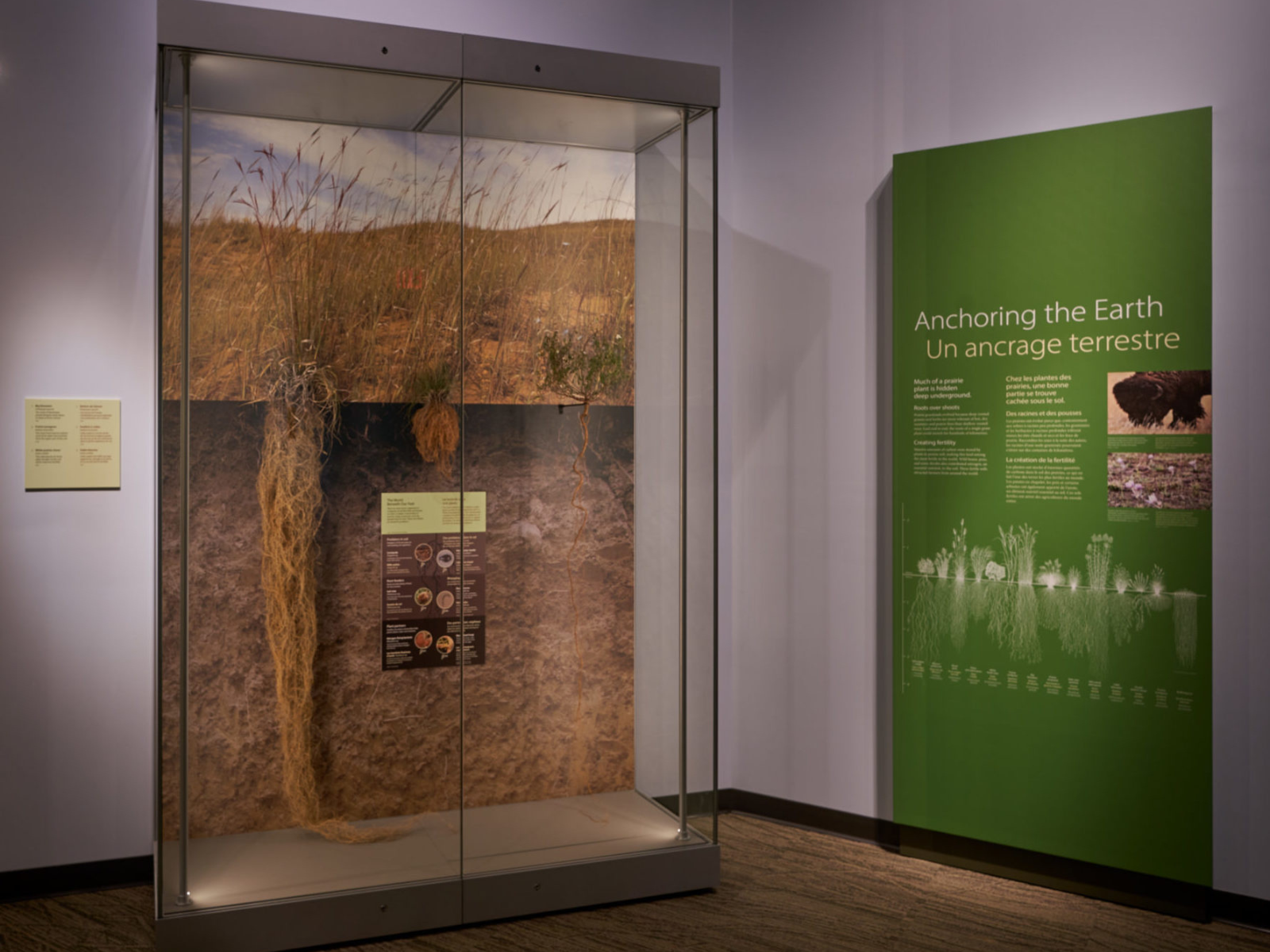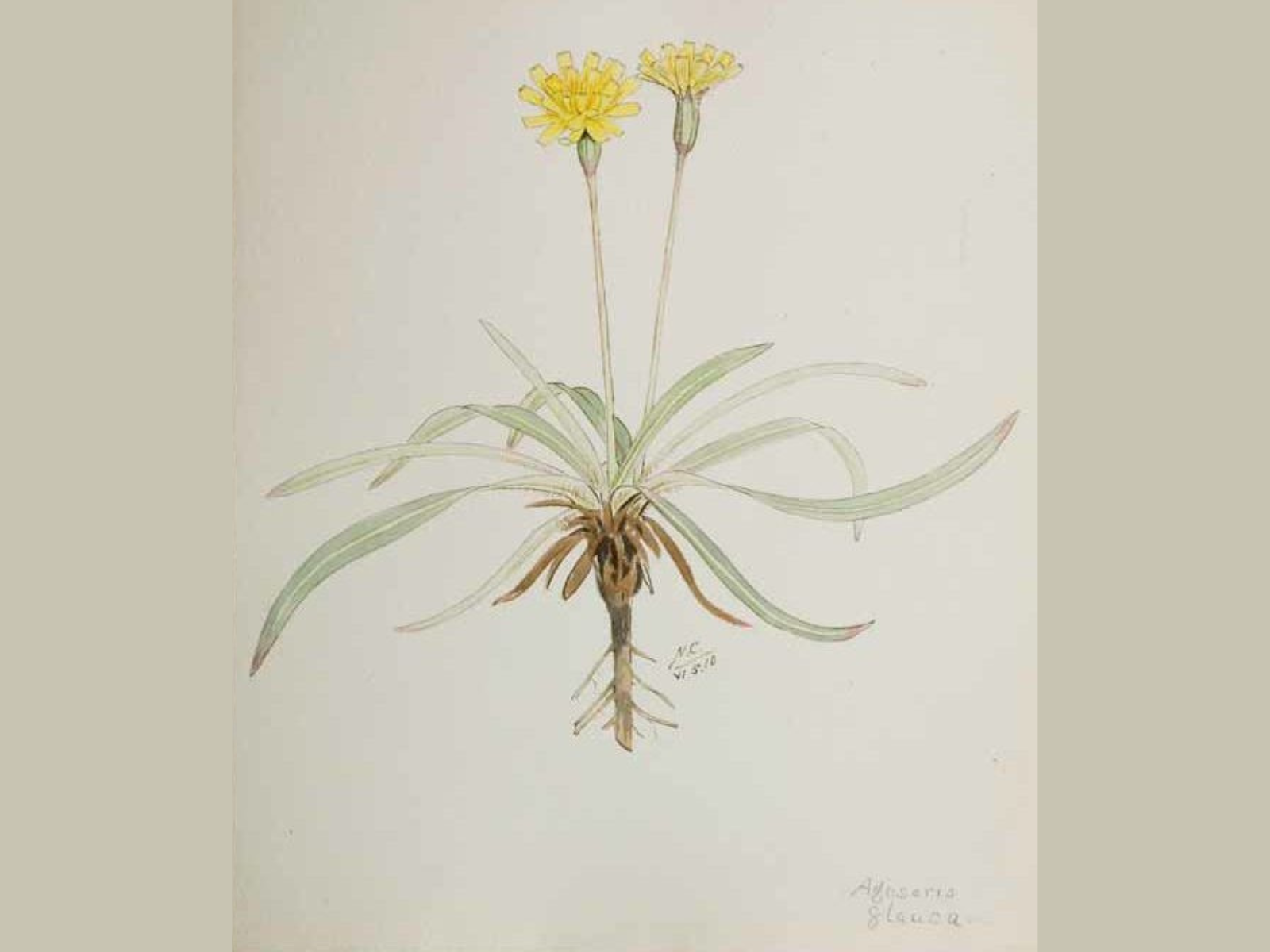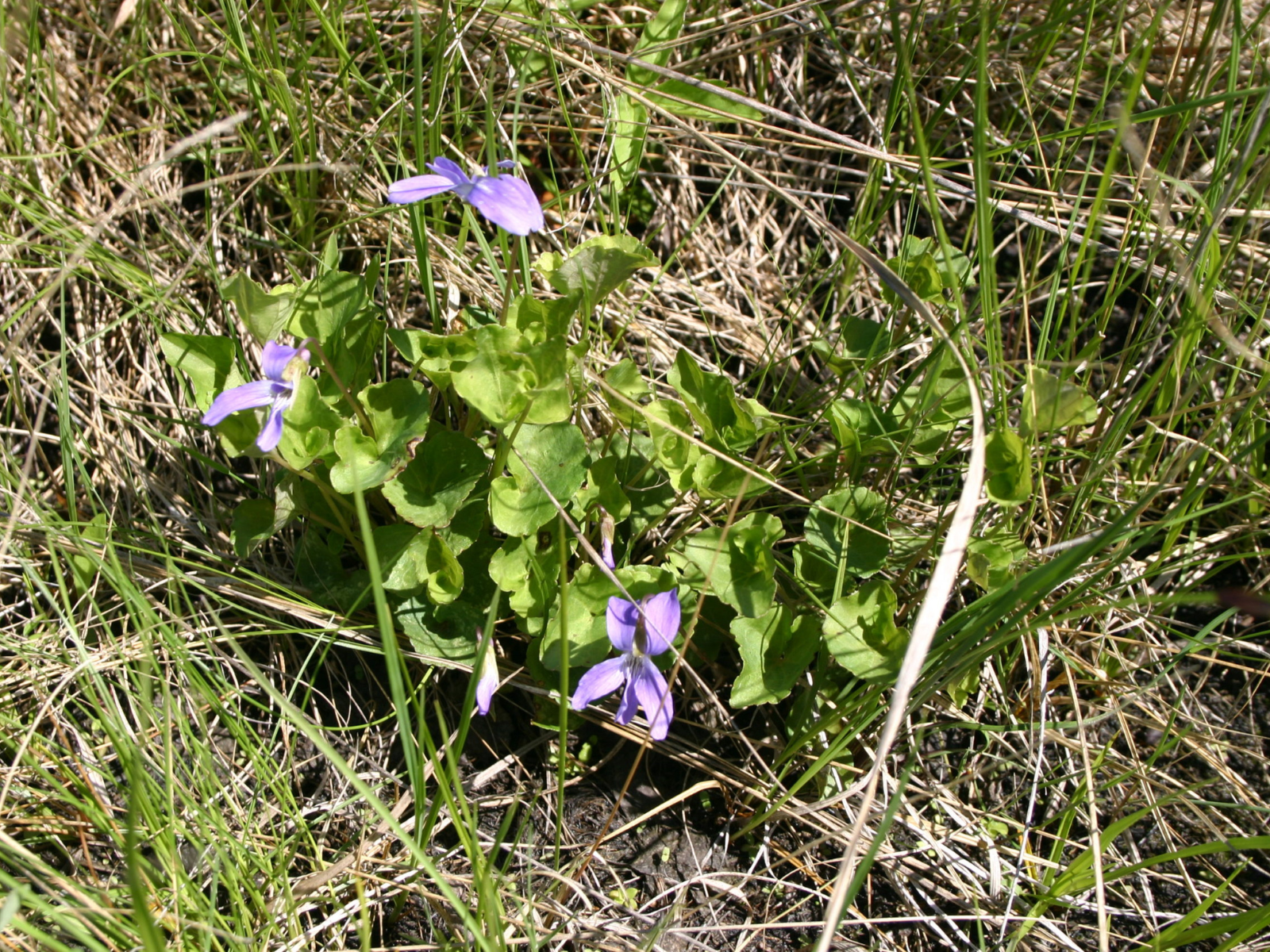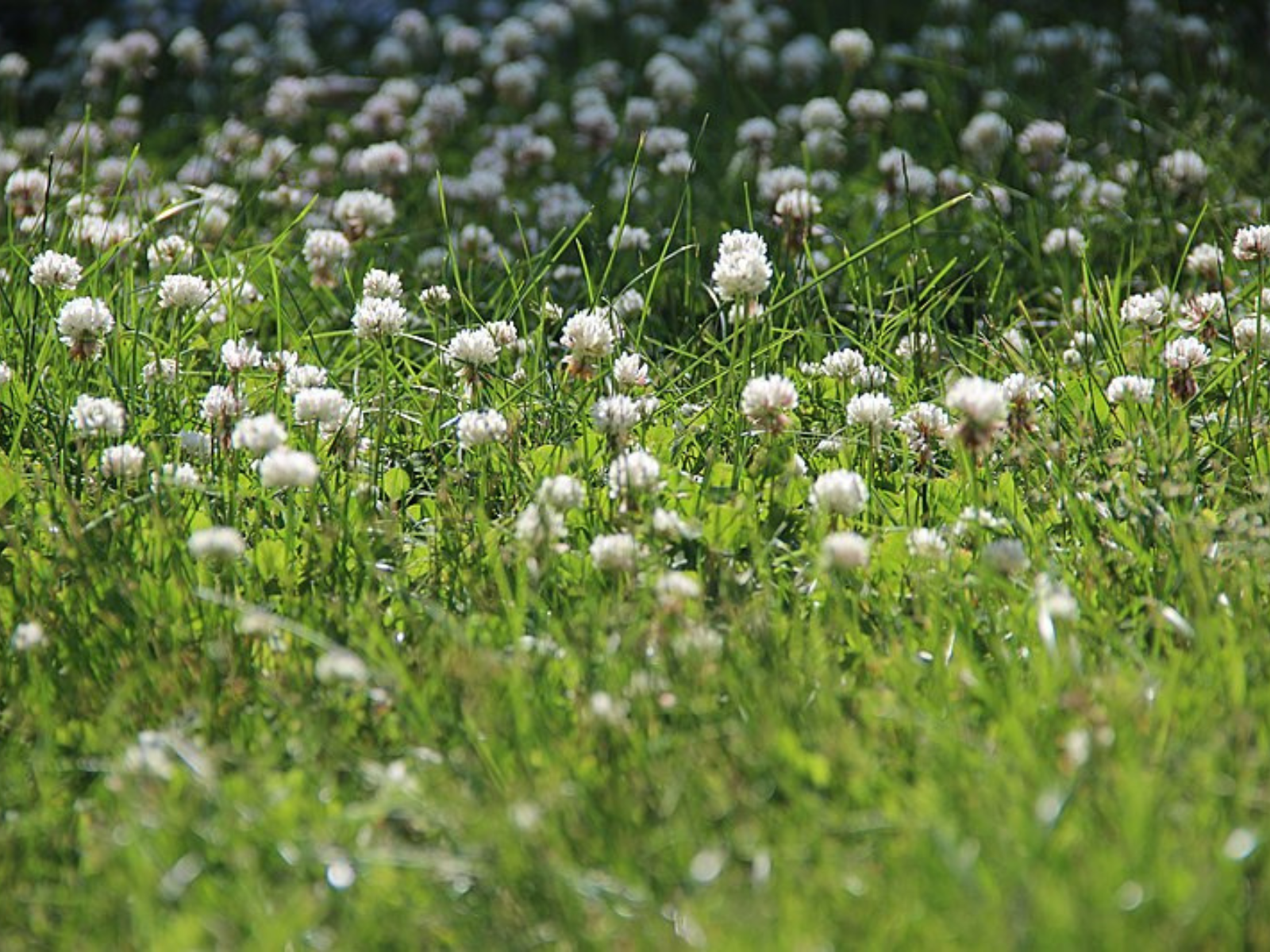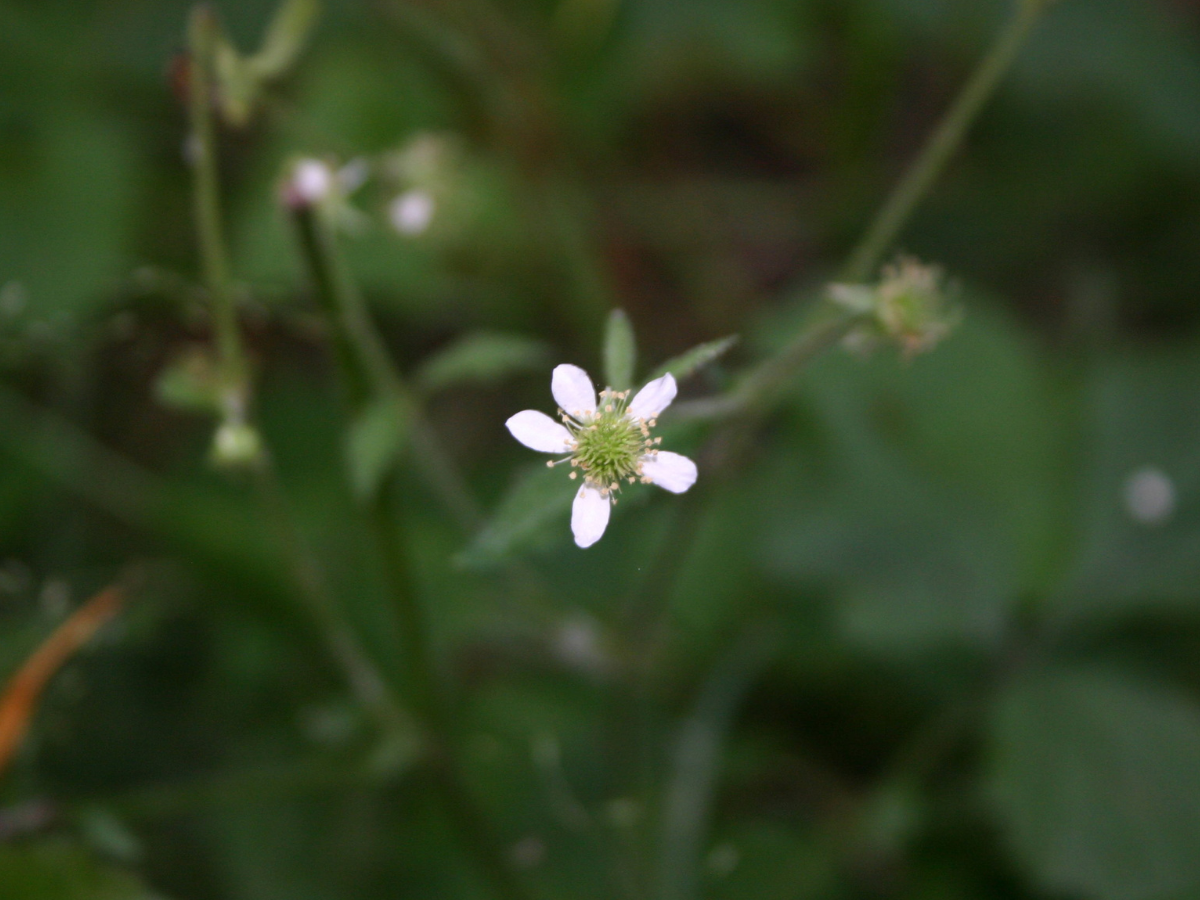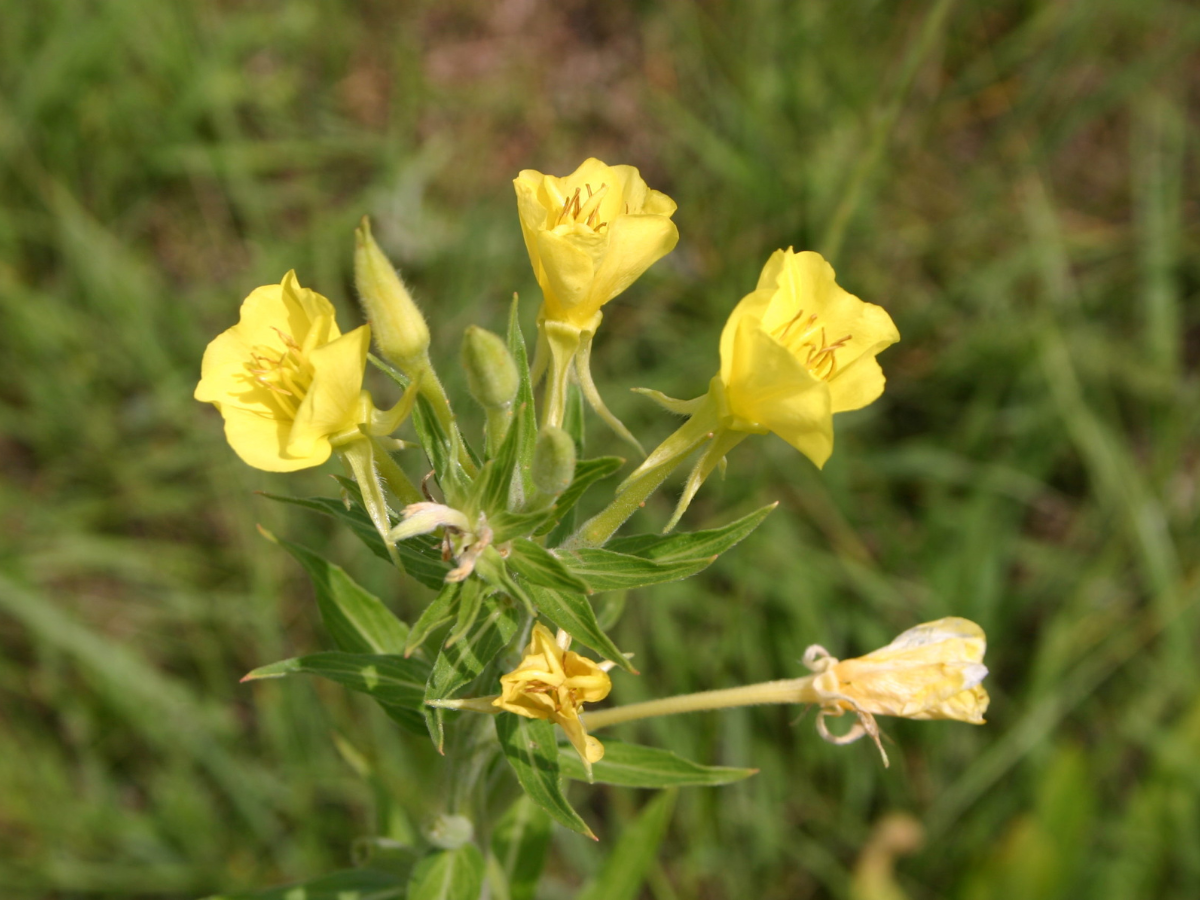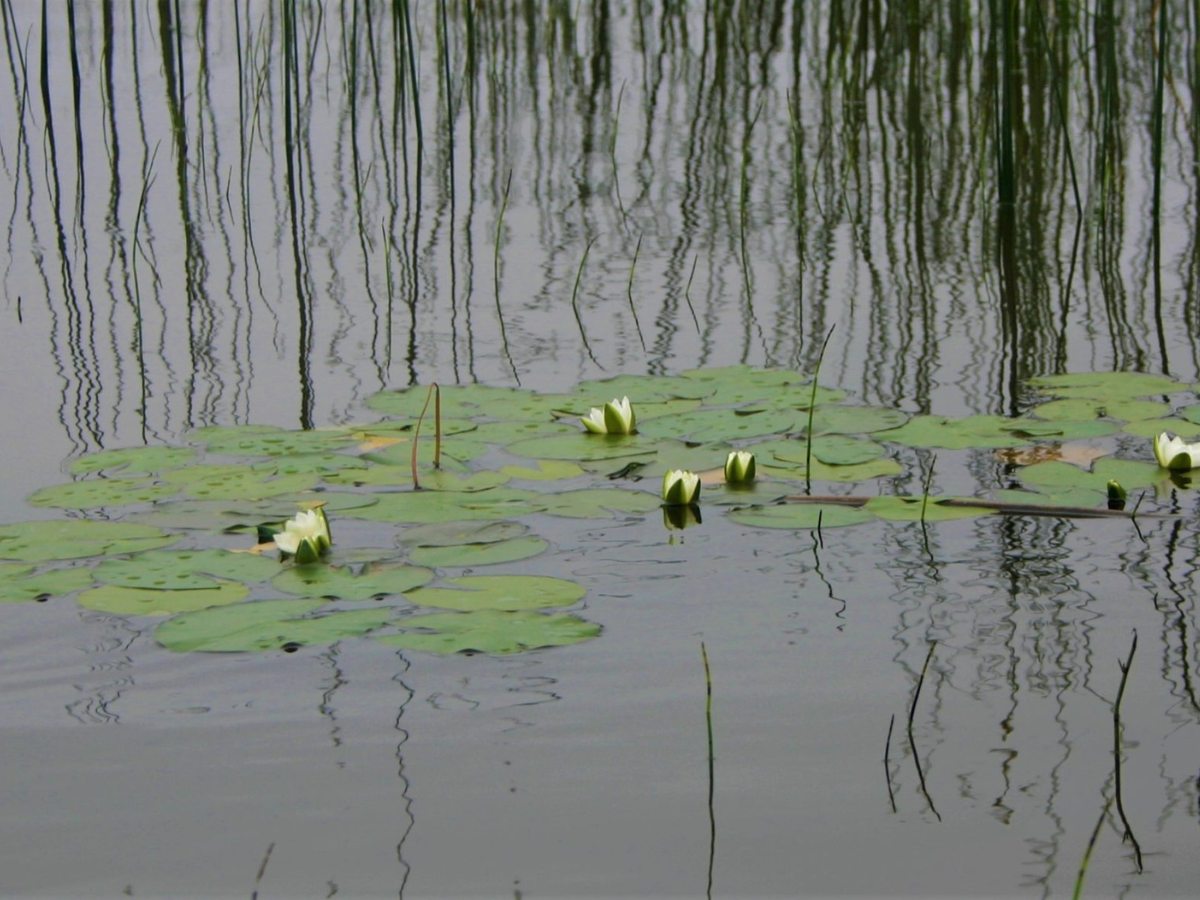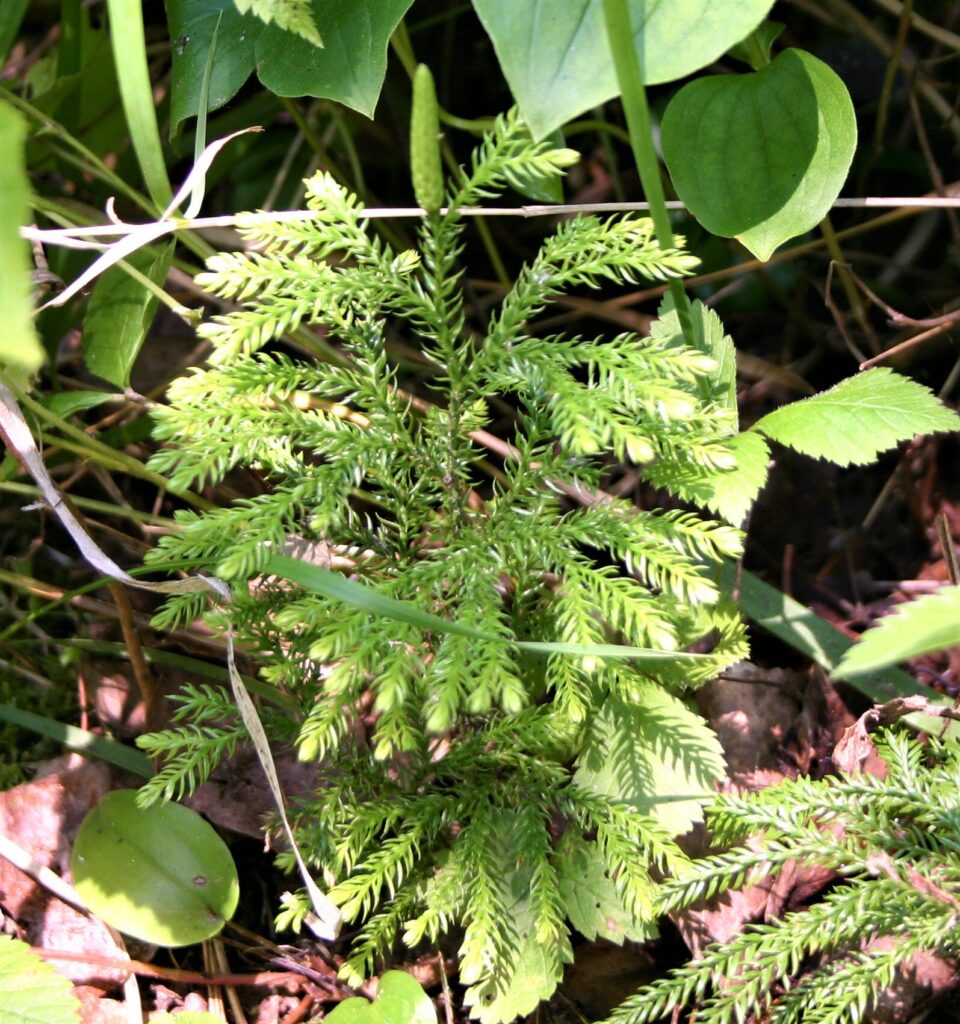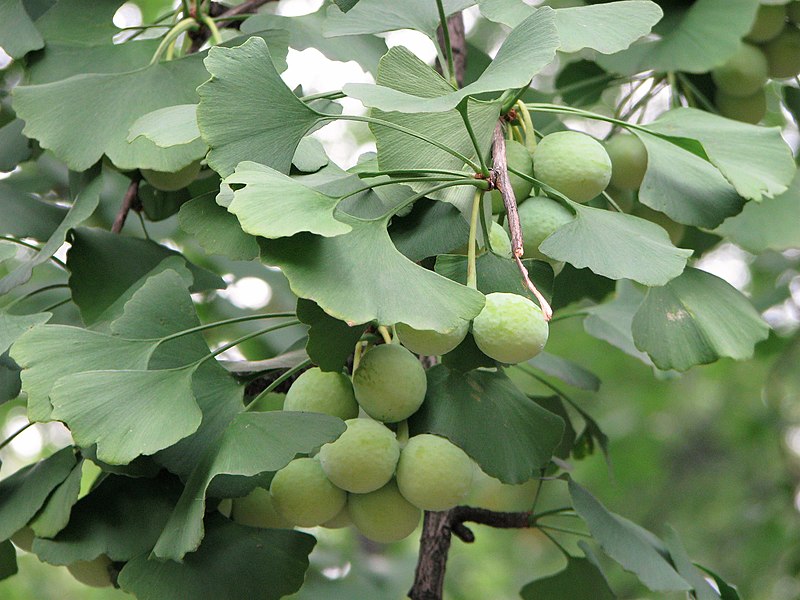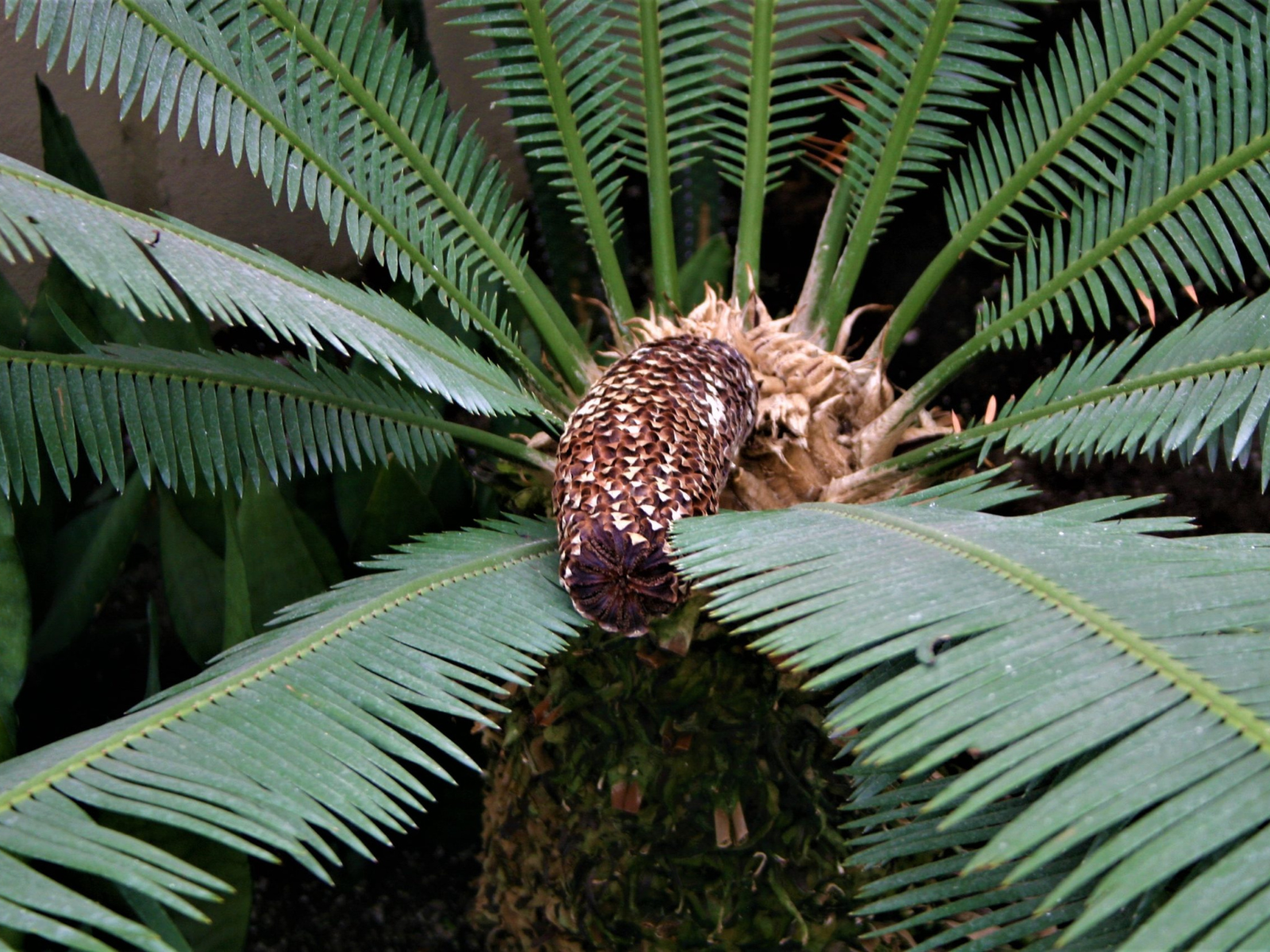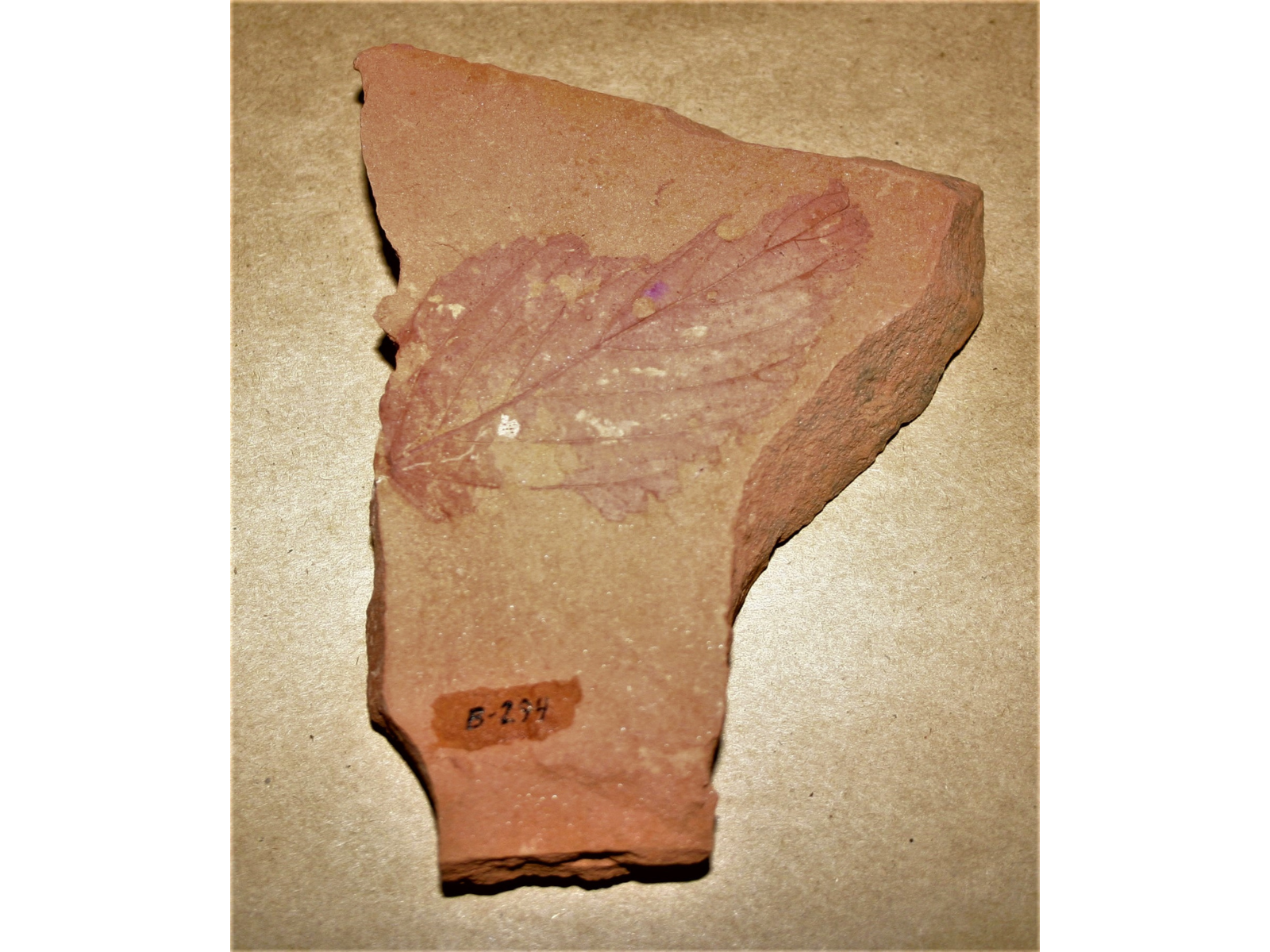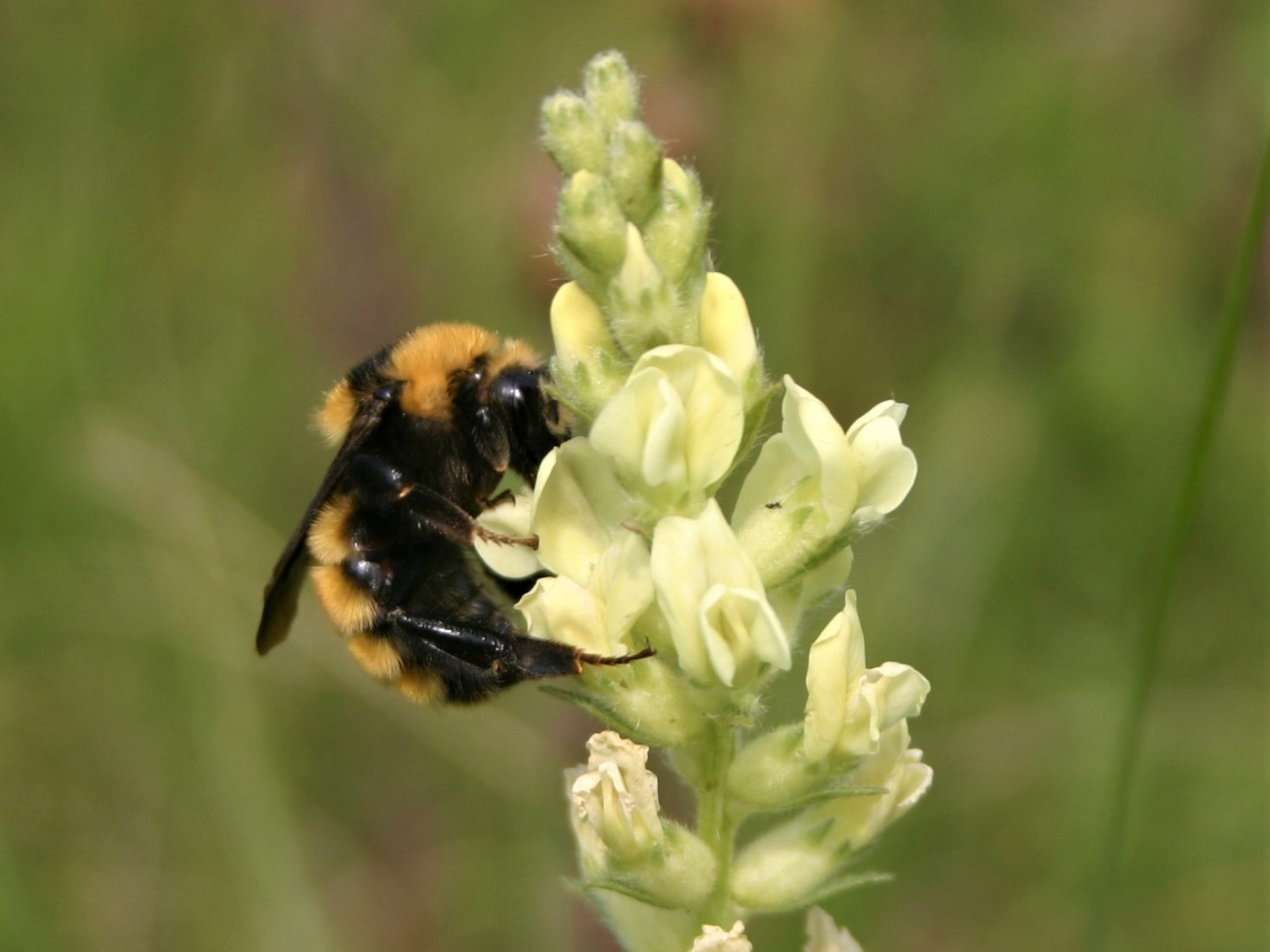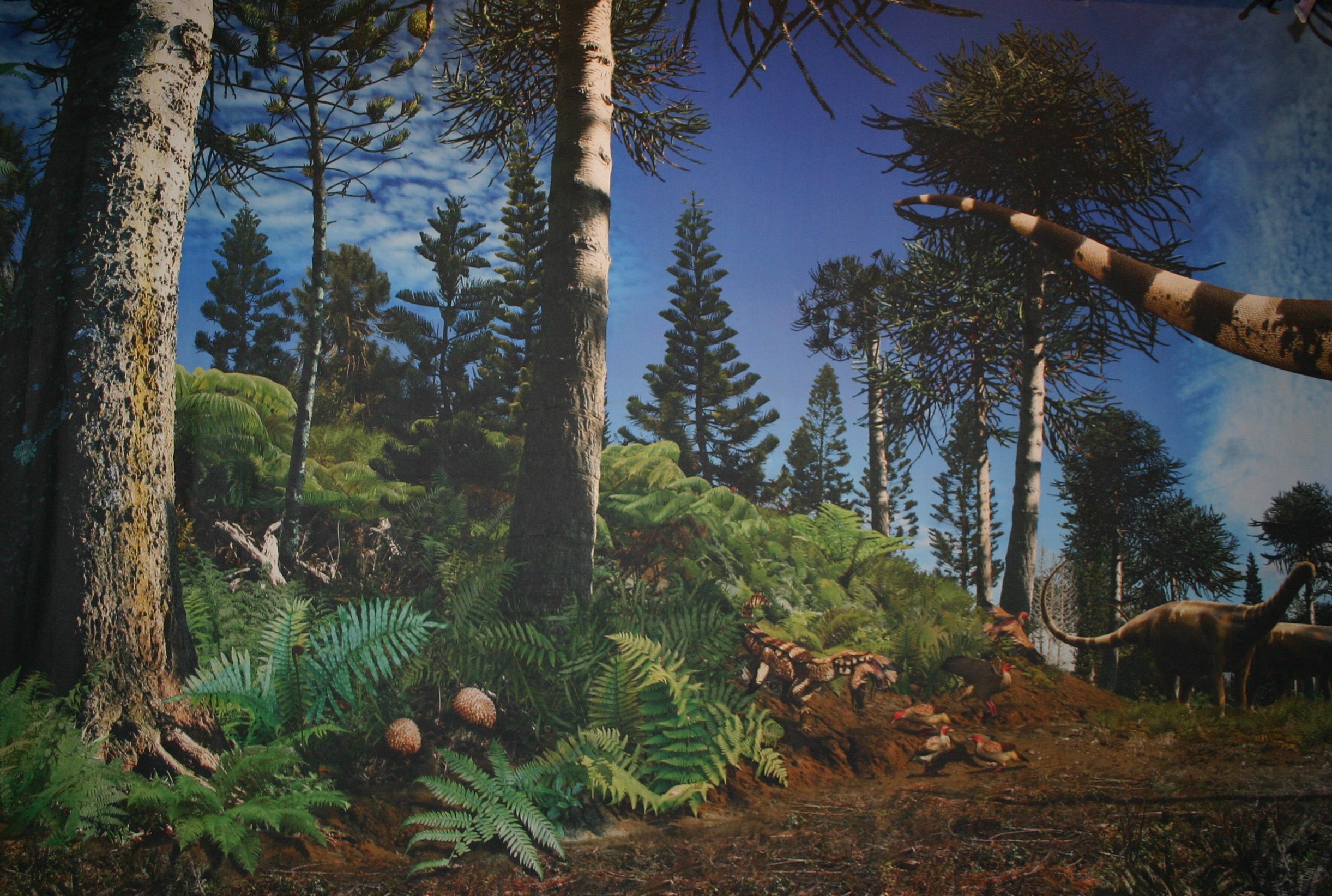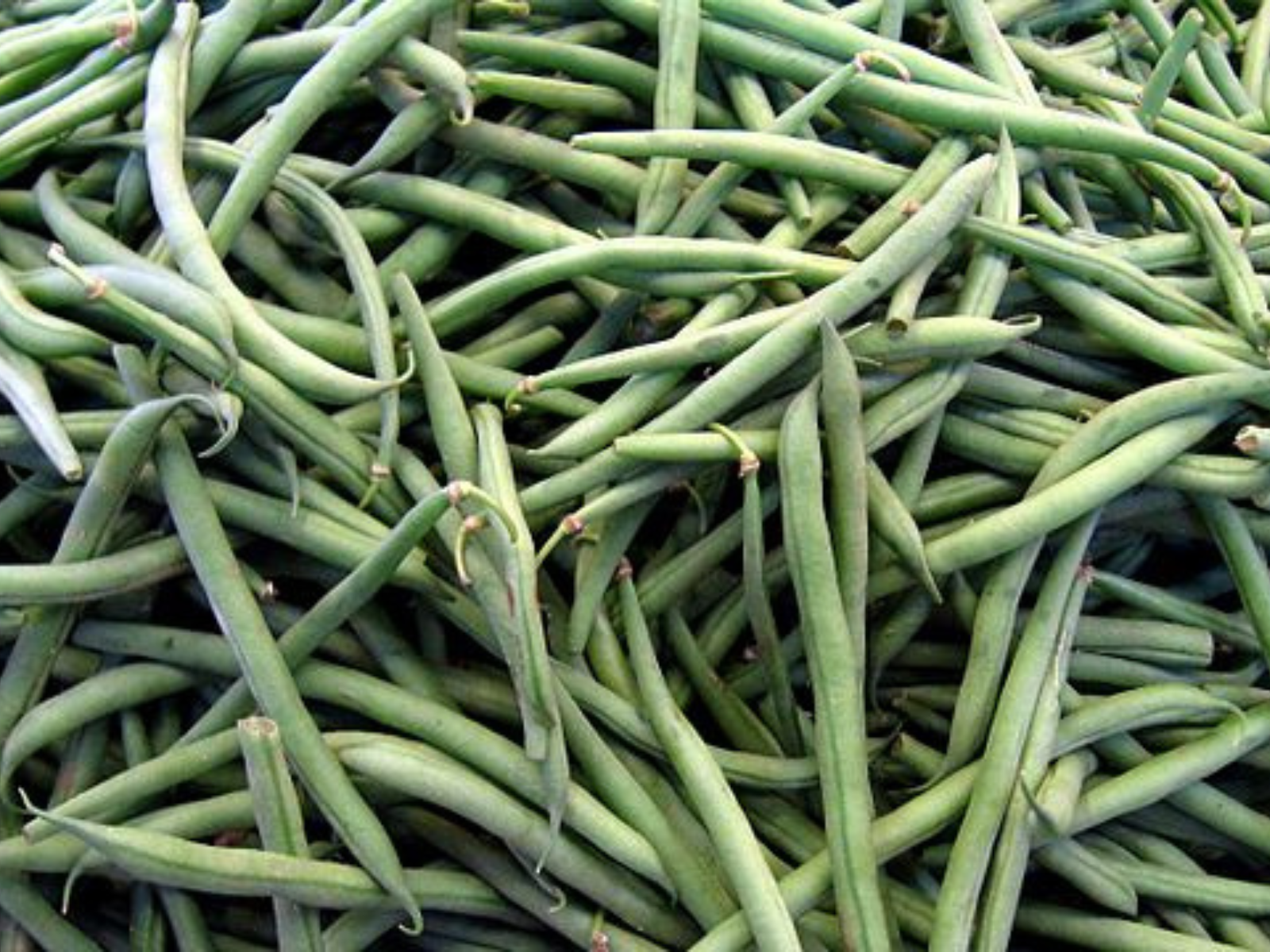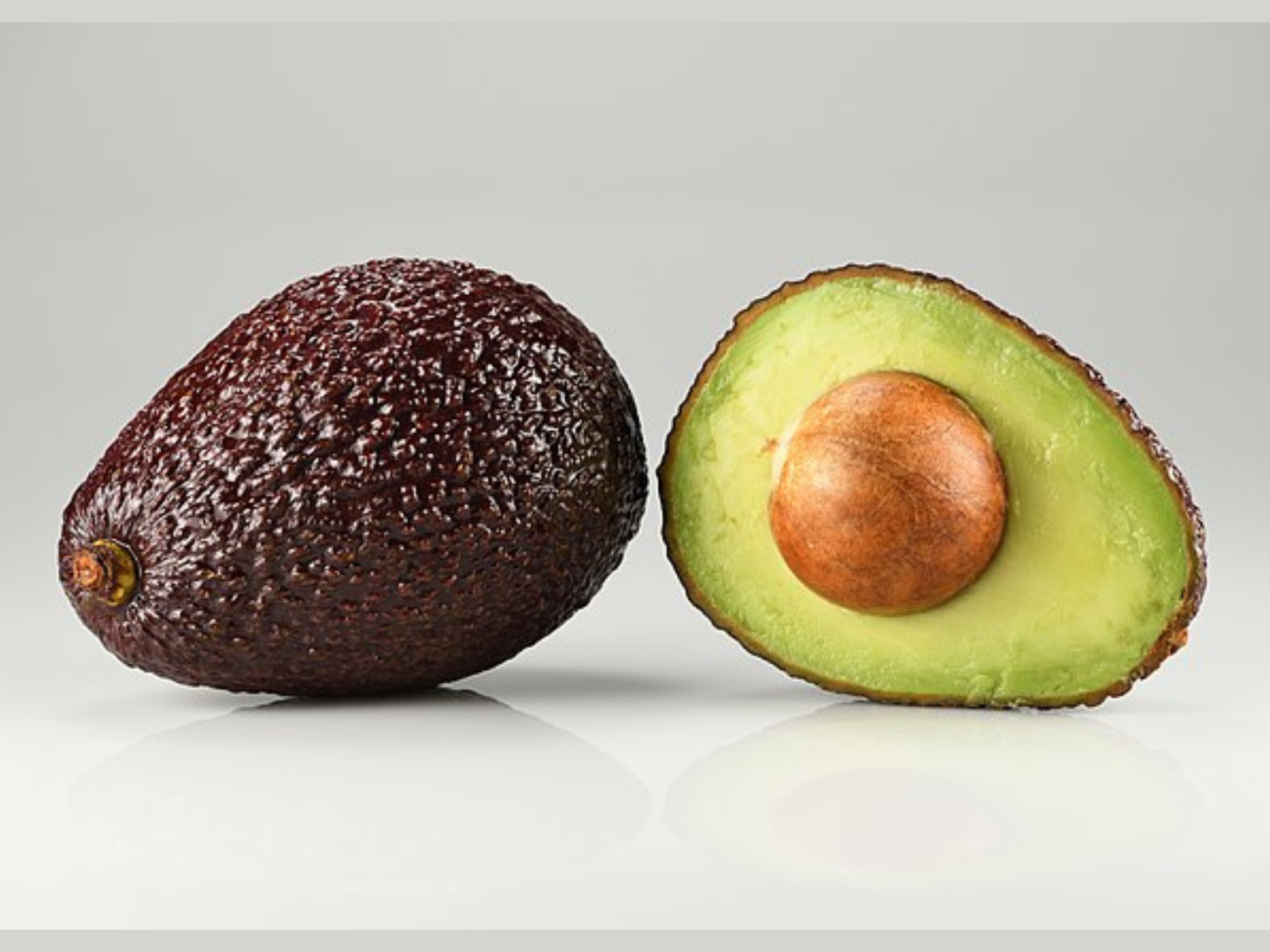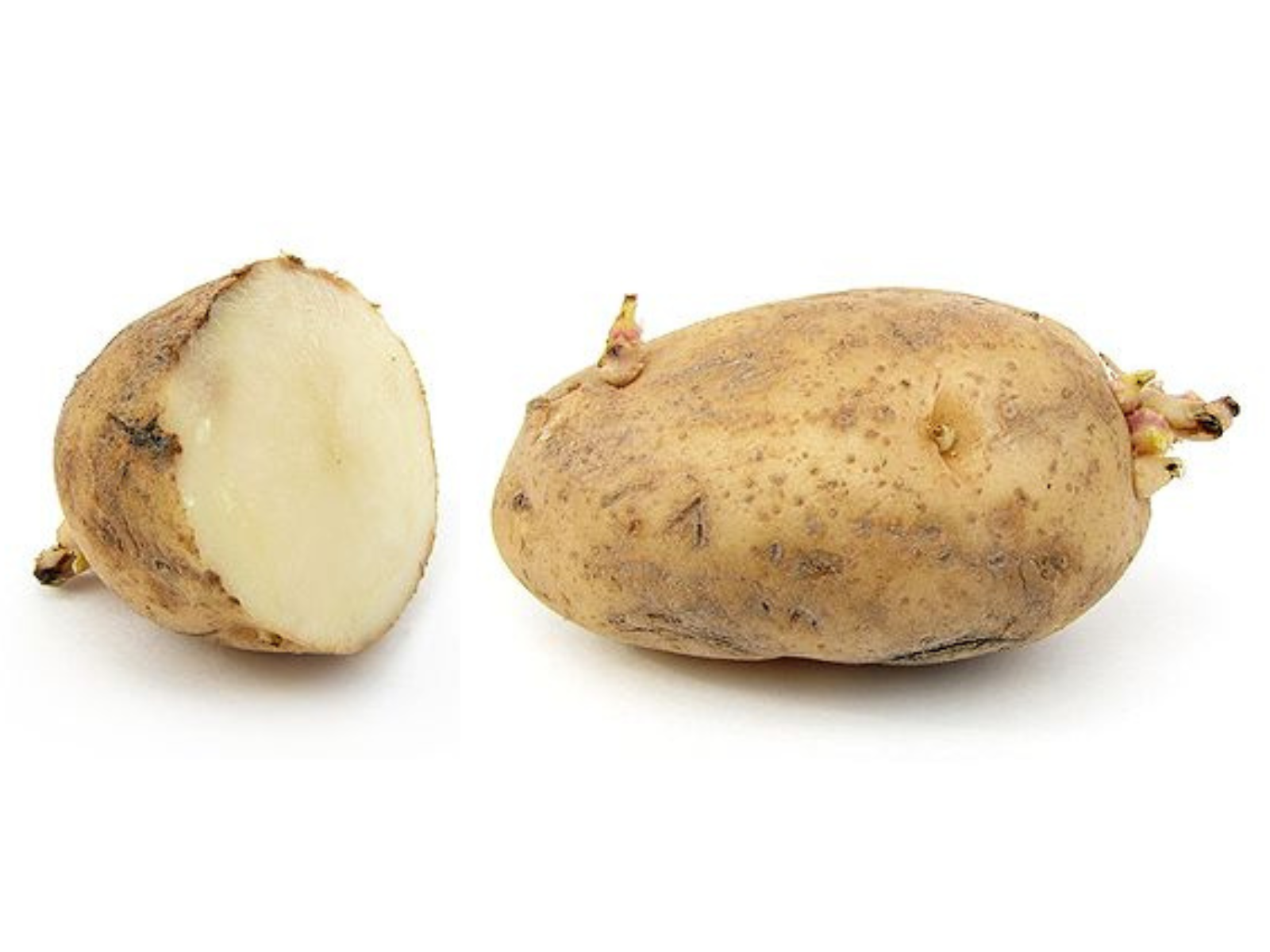Posted on: Friday September 12, 2025
Image: The beautiful Birdtail Valley at Birdtail Sioux First Nation.
As most of the land in southern Manitoba has been converted to agricultural crop land, native prairies are rare, as are some of the plant species that grow in them. However, much of the land on First Nation reserves is uncultivated, meaning that they may contain significant populations of rare species. Unfortunately, until recently, the Manitoba Museum had only a small number of plant specimens from reserves, and no systematic surveys of these areas for rare plants had ever been done by Museum staff. For the last several years I have been, with the permission of the communities, documenting the plant diversity at First Nations reserves in the southern part of the province. This year, I was invited to visit the Birdtail Sioux First Nation (BSFN), to assess the quality of the prairie and search for rare plants there.
The reserve is named for its presence at the junction of the Birdtail Valley, which begins in the Riding Mountain area, and the Assiniboine Valley. I was thrilled to be able to spend four days roaming along this spectacular valley, and enjoying the beautiful views. I was grateful that, as I went about, I did not encounter any Black Bears, as the community informed me that there were several in the valley due to the abundant crop of Saskatoon berries. Fortunately for me, the bears had not gotten to the berries on some of the upland areas, so I was able to nibble on them the day I forgot to bring my lunch!

Lush wetland vegetation growing in the oxbows of the Assiniboine River at Birdtail Sioux First Nation.
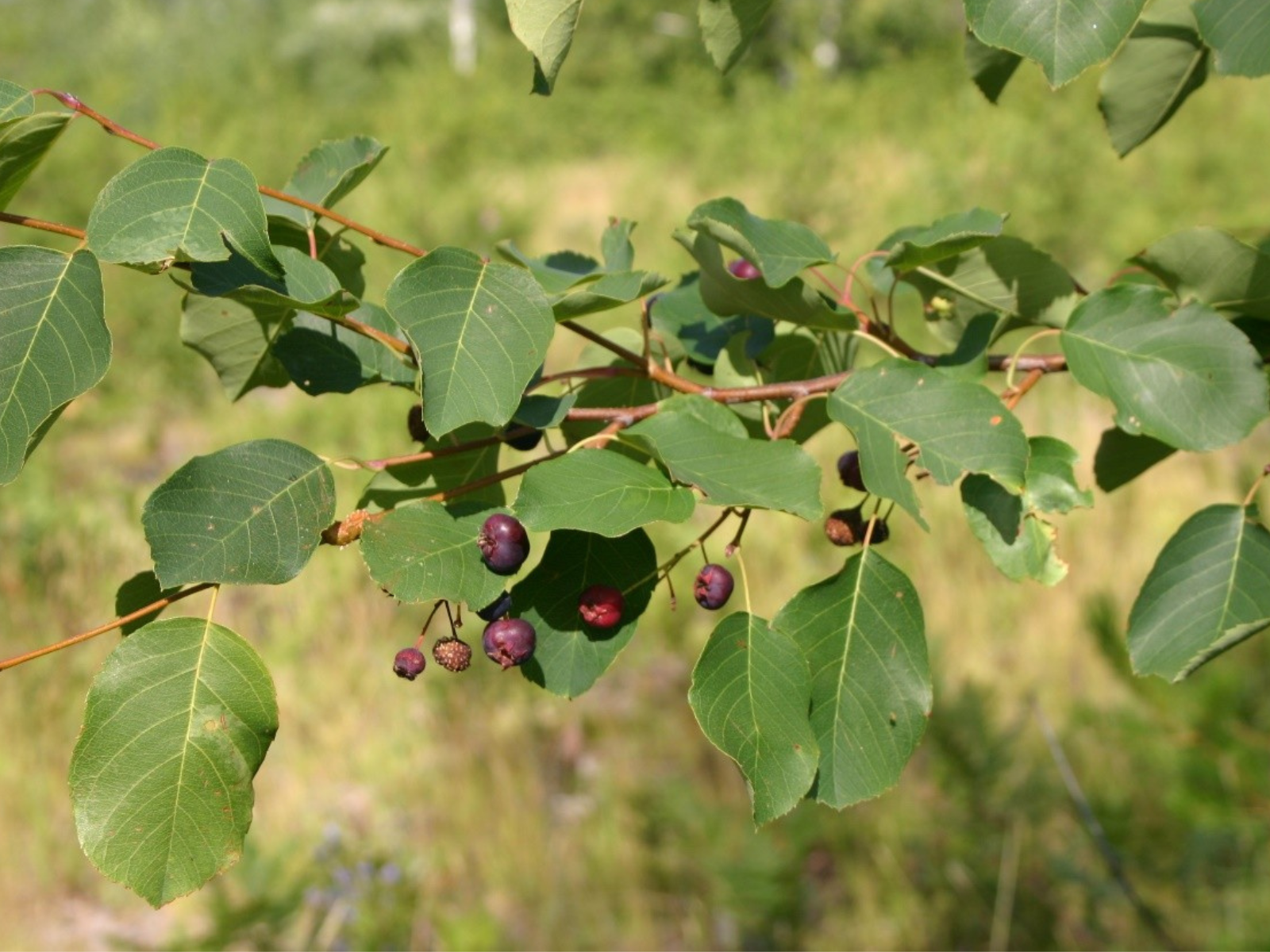
Saskatoon (Amelanchier alnifolia) berries were abundant this year, and provided me with a yummy snack.
Part of the reason why I was invited was because the community wanted to know more about the plants from a western science perspective. Community members told me about some of the plants that they still harvest, for food and medicine, and I was able to tell them what the English and Latin (or scientific) names of those species were. Once the Latin name of a plant is known, more scientific information about that species, such as its germination requirements, pollinators and chemical properties, can be discovered with a simple internet search. It is my hope that the community’s traditional plant collecting activities will be enhanced with the additional information I was able to provide them with.
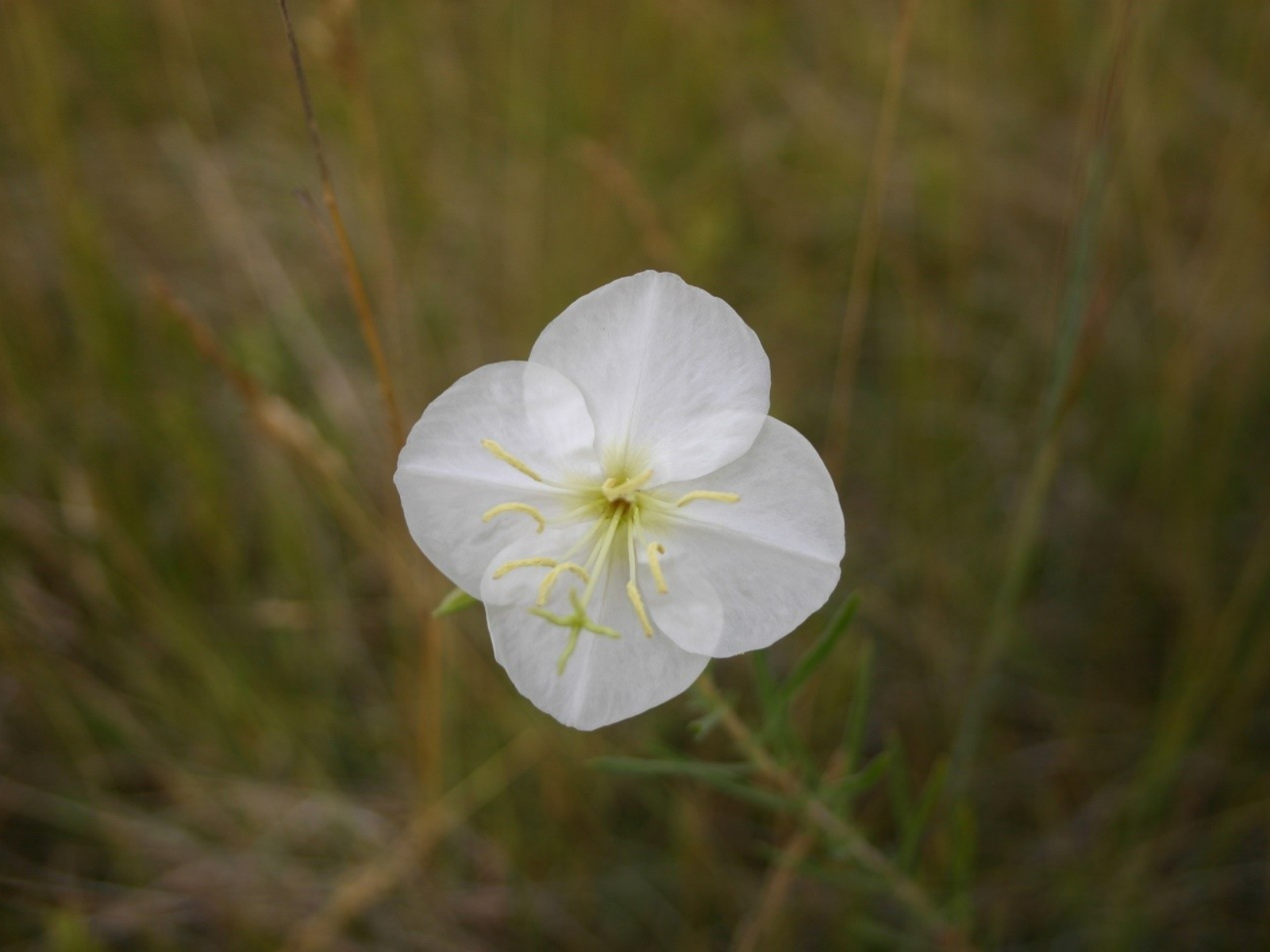
Beautiful White Evening-primrose (Oenothera nuttallii) flowers greeted me on the rolling prairie hills.

Silver Wormwood (Artemisia cana) has a distinctive woody lower stem and fragrant leaves.
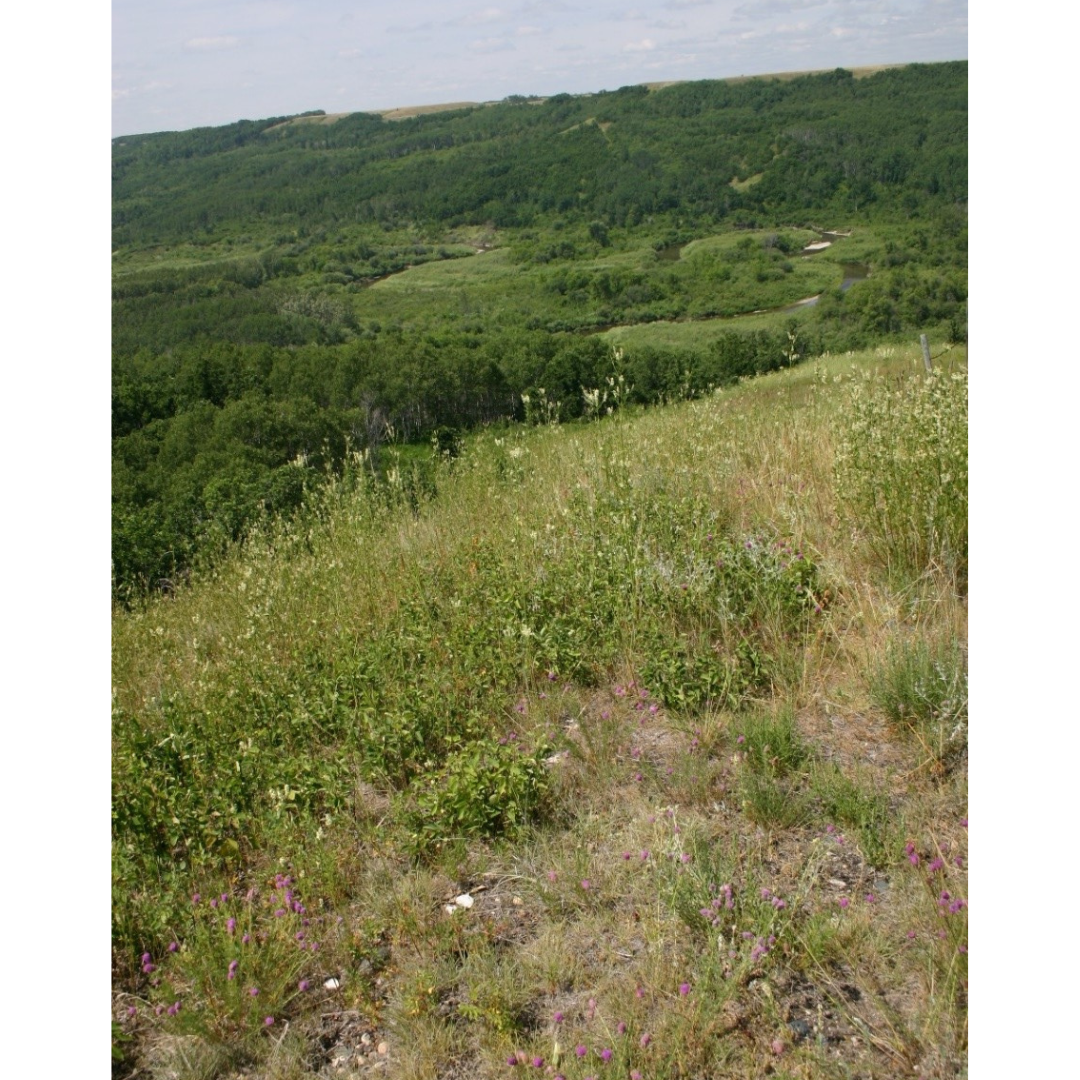
I was excited to discover a number of rare plants on the reserve. As this area is so close to our western border, I encountered a number of plant species that are rare in Manitoba but relatively common in Alberta and Saskatchewan, including Silver Wormwood or Sagebrush (Artemisia cana), Two-grooved Milk-vetch (Astragalus bisulcatus), and Gardner’s Saltbush (Atriplex gardneri). These plants grow on dry, Cretaceous-aged, heavy clay soils in river valleys.
Other rare species were found along the dry, eroded, sandy, valley slopes, including Large-fruited Desert-parsley (Lomatium macrocarpon), Serrate-leaved Evening Primrose (Oenothera serrulata) and Tufted Fleabane (Erigeron caespitosus). These species are more commonly found along the Frenchman, Souris and South Saskatchewan rivers to the west. Finding them at BSFN improves our understanding of the true distribution of these species in Manitoba.
Image: Several rare plants grew on the eroded, upper valley slopes of the Birdtail Valley.
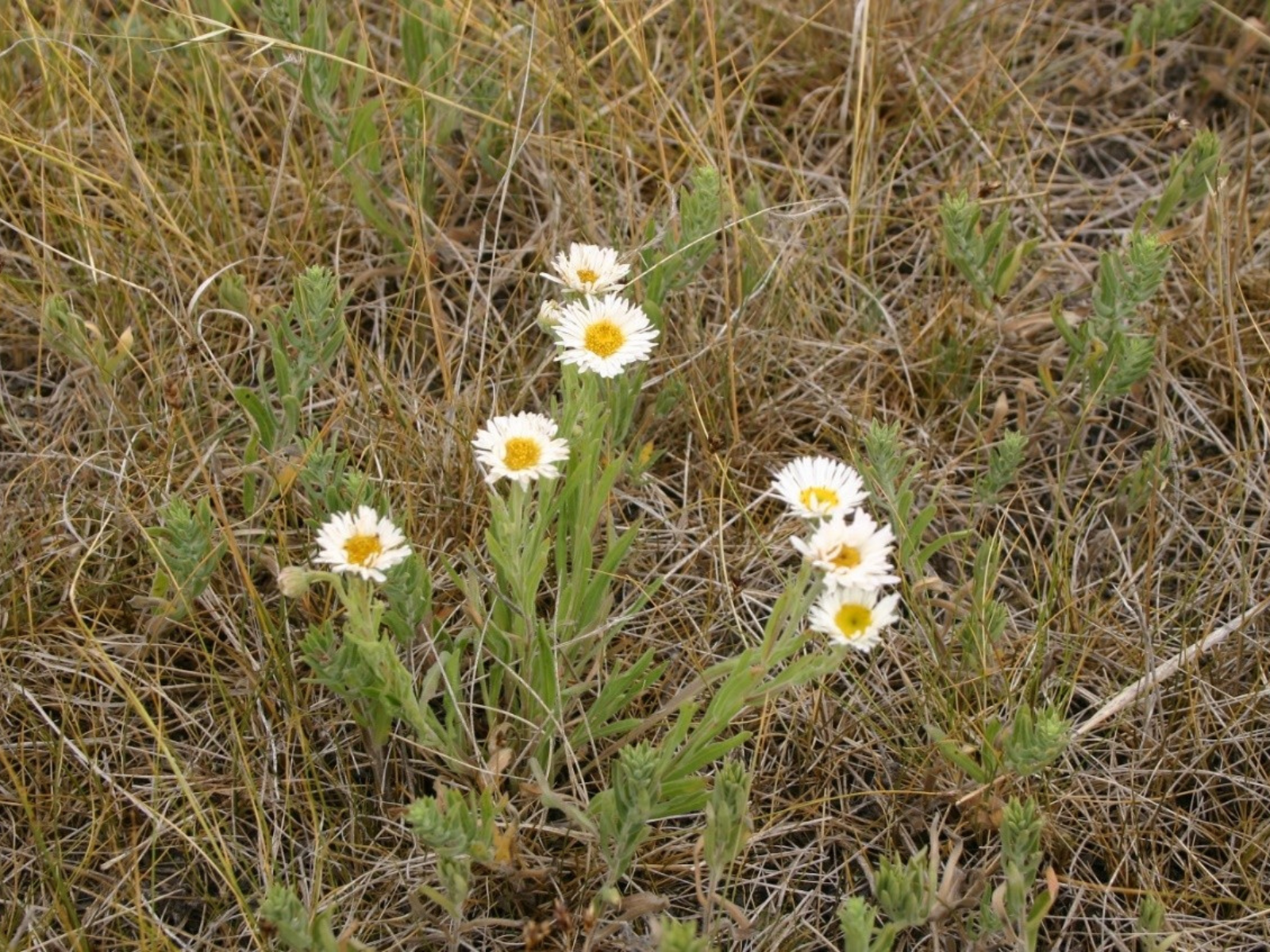
Tufted Fleabane (Erigeron caespitosus) a type of aster, is more common to the west.

The Large-fruited Desert-parsely (Lomatium macrocarpon) plants that I found were already in the seed stage.
The Dakota people have been effective stewards of Manitoba’s biodiversity at BSFN. I identified over 250 species of vascular plants on their land during my short trip, which is almost certainly an underestimate of the true botanical diversity there. With so few intact prairies remaining in our province, it is wonderful to know that some still exists. I am so grateful to the community at BSFN for welcoming and sharing their plant knowledge with me. Pidamayayapi!





